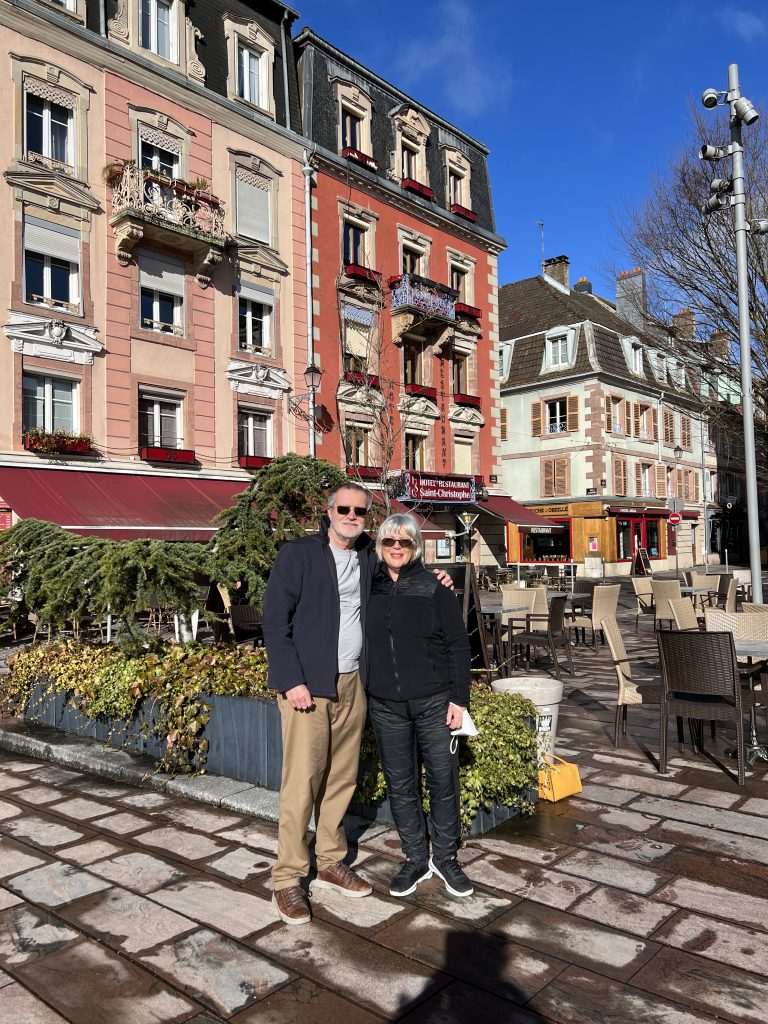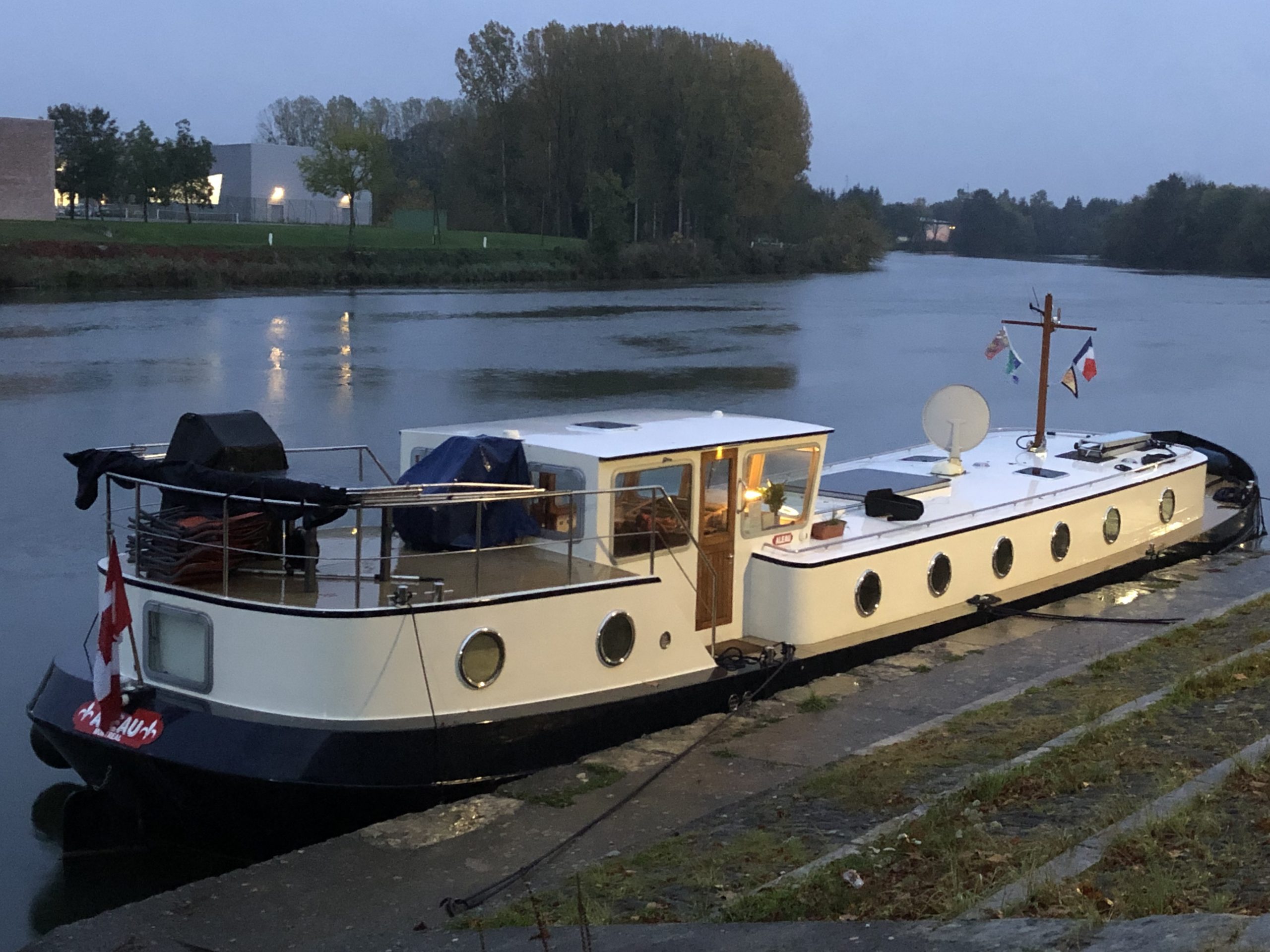Belfort was more beguiling when the sun was out. Unfortunately, that seemed to happen only when we were indoors. In this case, looking out our hotel room window towards the Citadel – overlooking the city from the top of the hill.
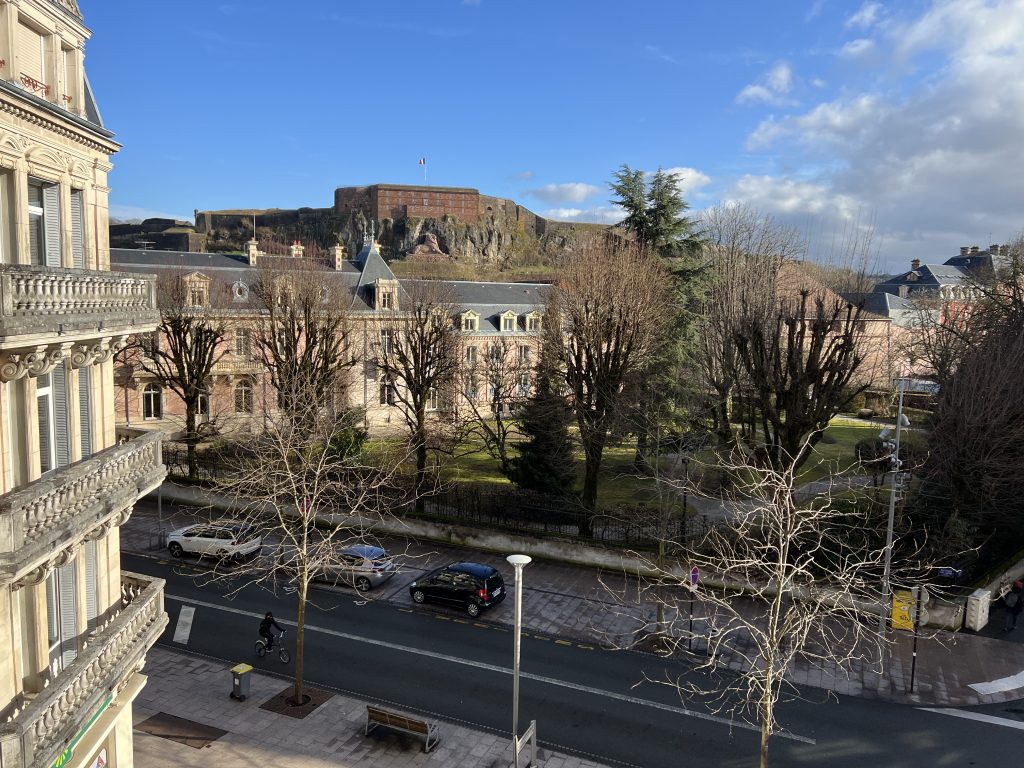
To get to the Citadel, we had to walk through town. The buildings were beautiful – the weather, not so much. Even so, we found this street to be magical.
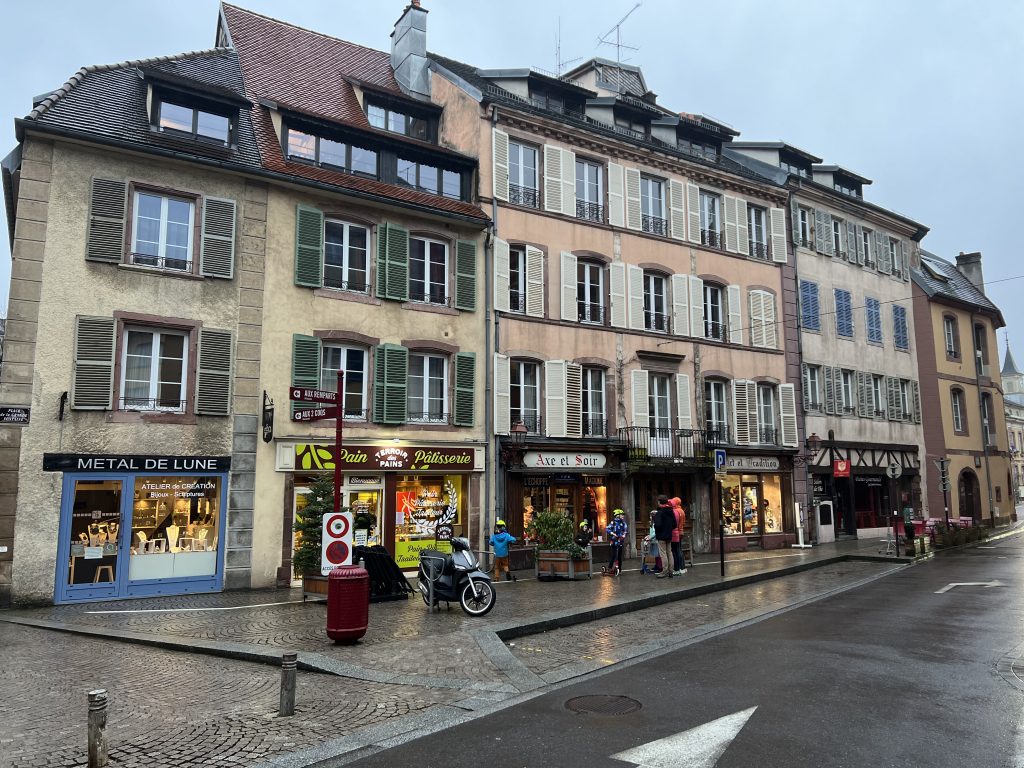
Perhaps because in mid-block there was a magic shop.

The sun continued to play hide-and-seek as I tried to grab some shots of Belfort.
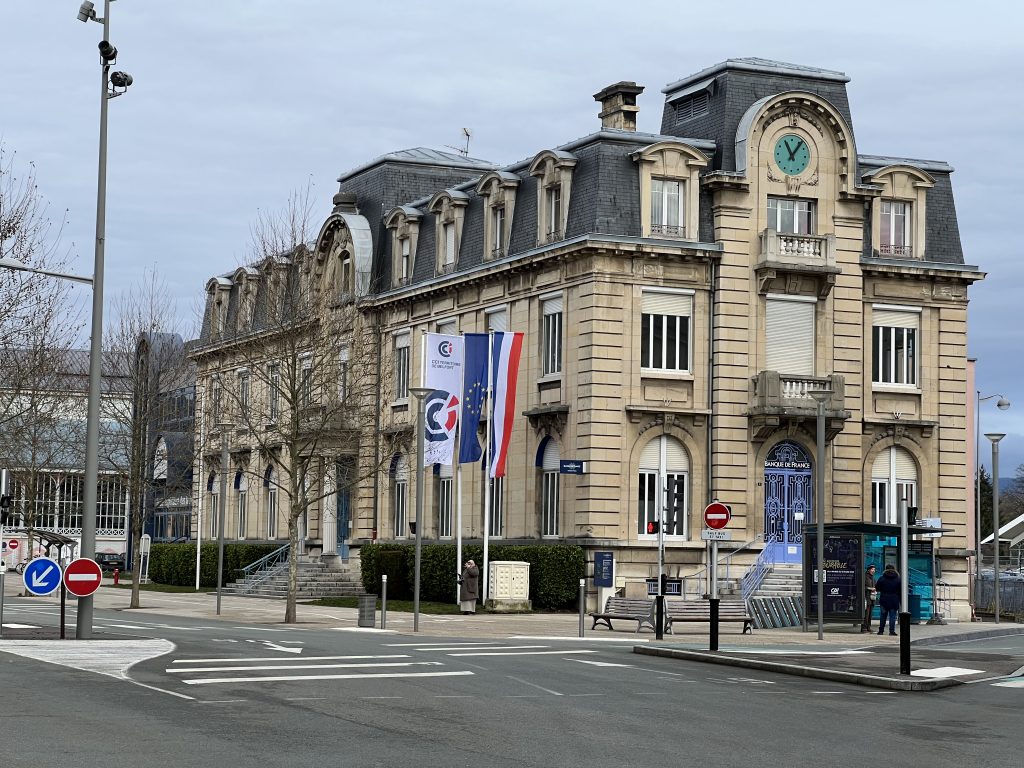
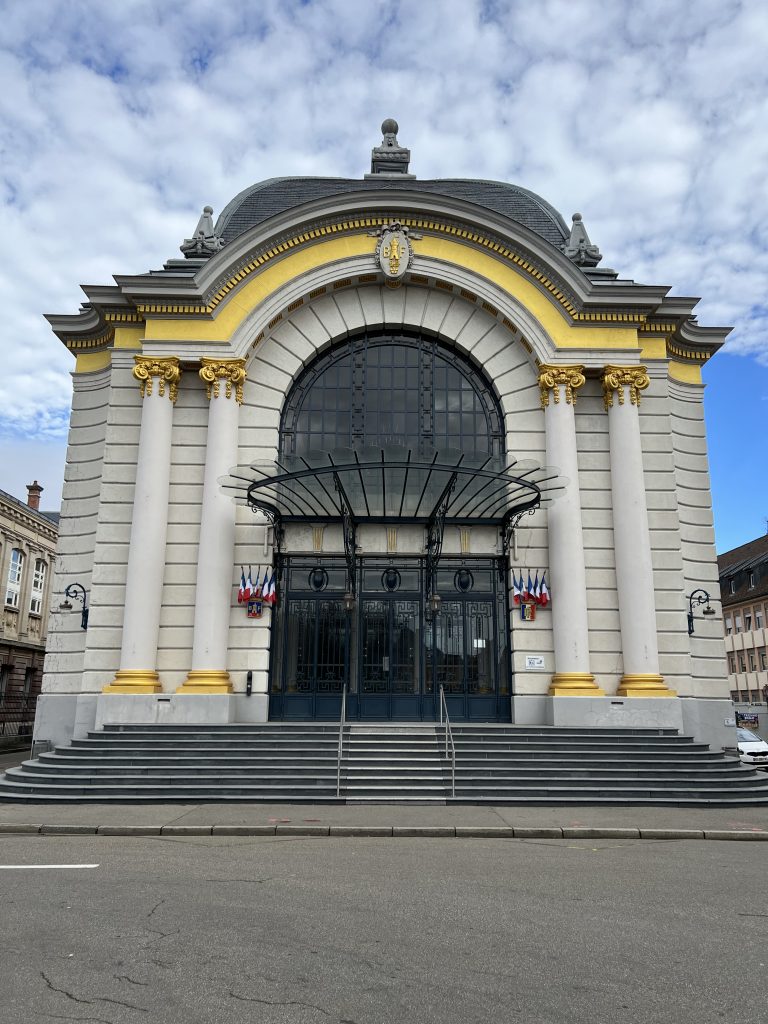
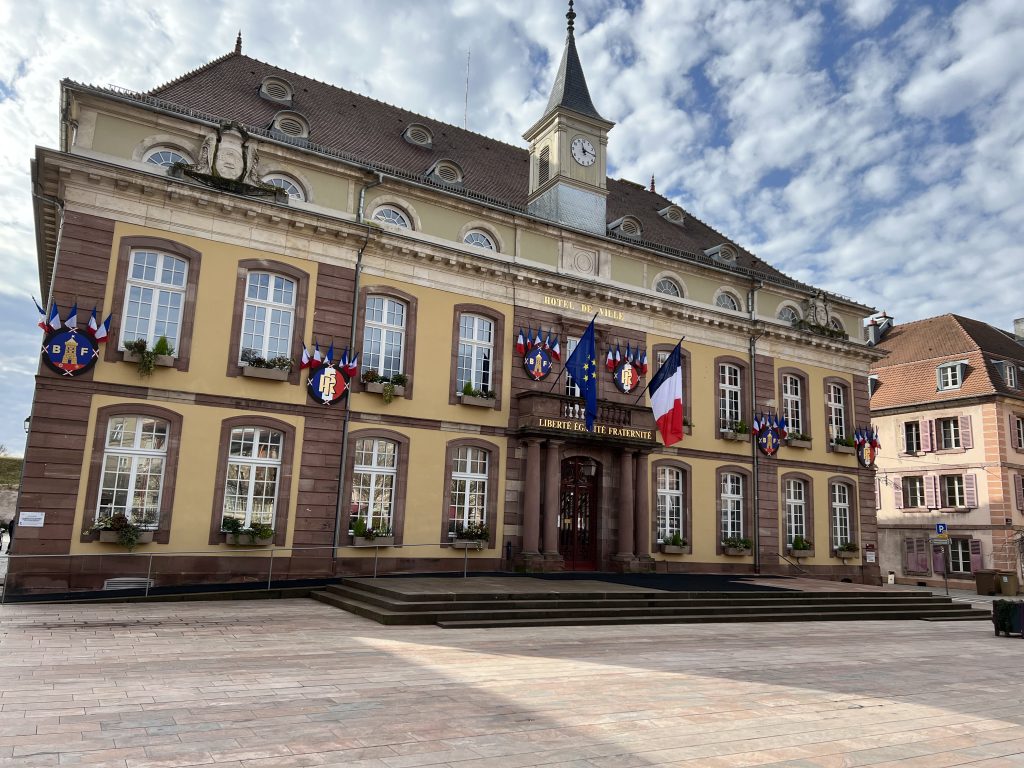
The weather – grey, cold and often rainy – didn’t keep everyone indoors. At each restaurant, a few hardy souls braved the elements.
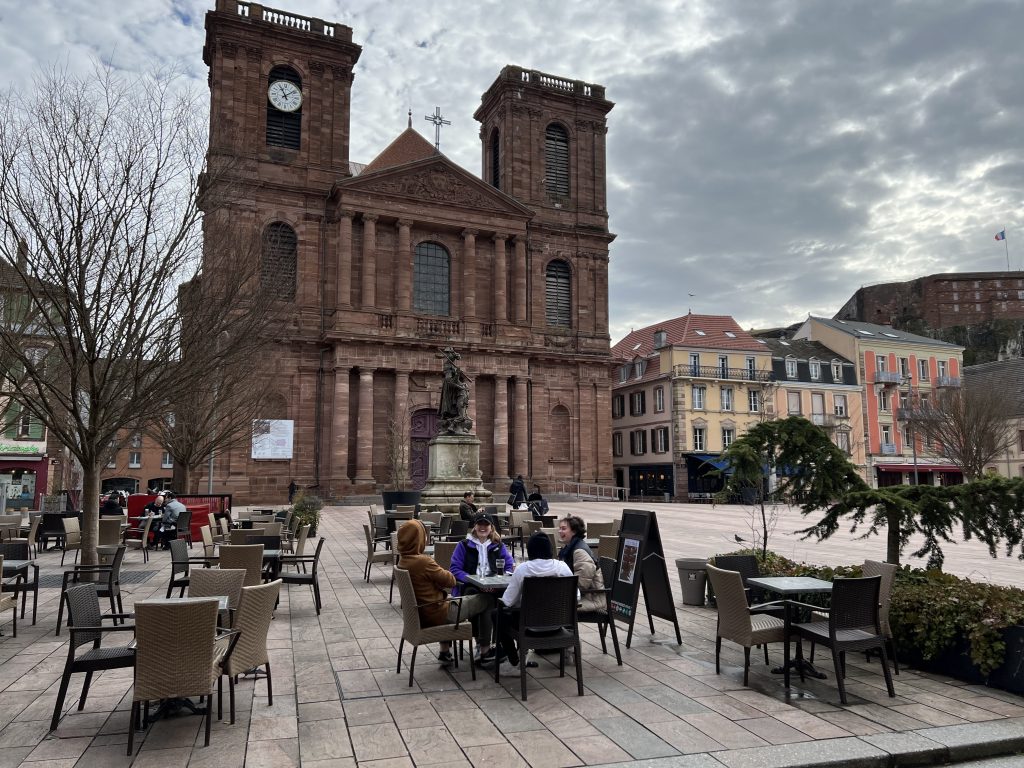
Not us. We ate all our meals indoors. Maybe it was the cold that made me ravenous – digging in before remembering to grab a shot. I did get one of the shrimp risotto – lunch on our first day in Belfort – and of the mussels, fries, and beer we had for dinner our second night there.
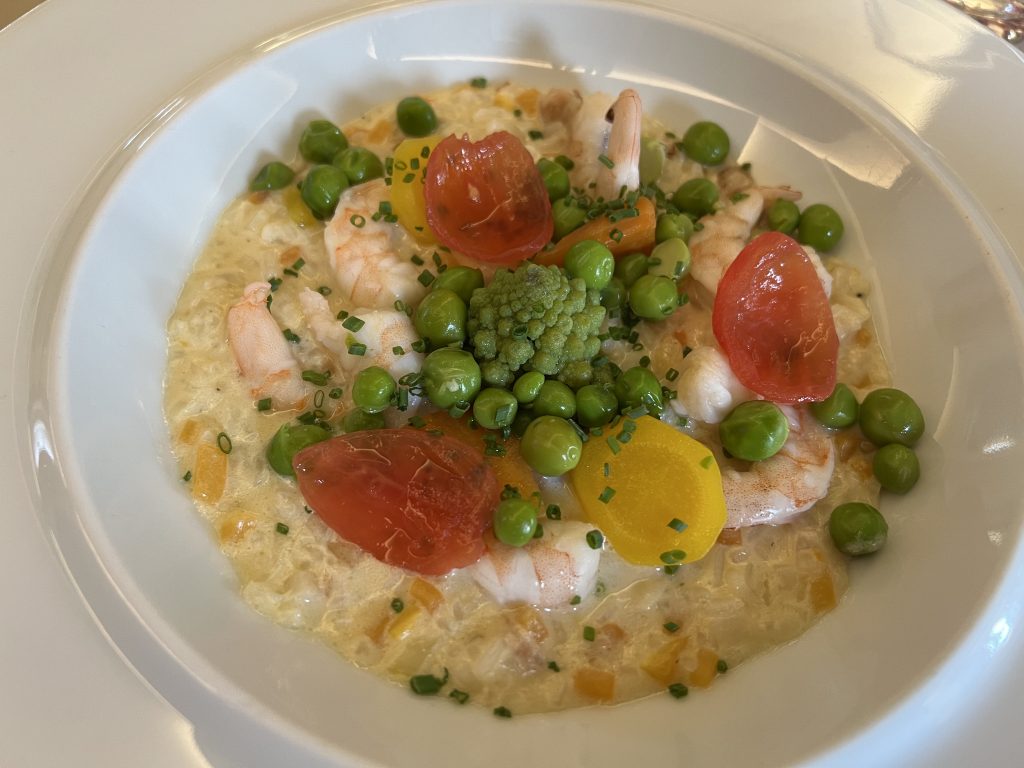
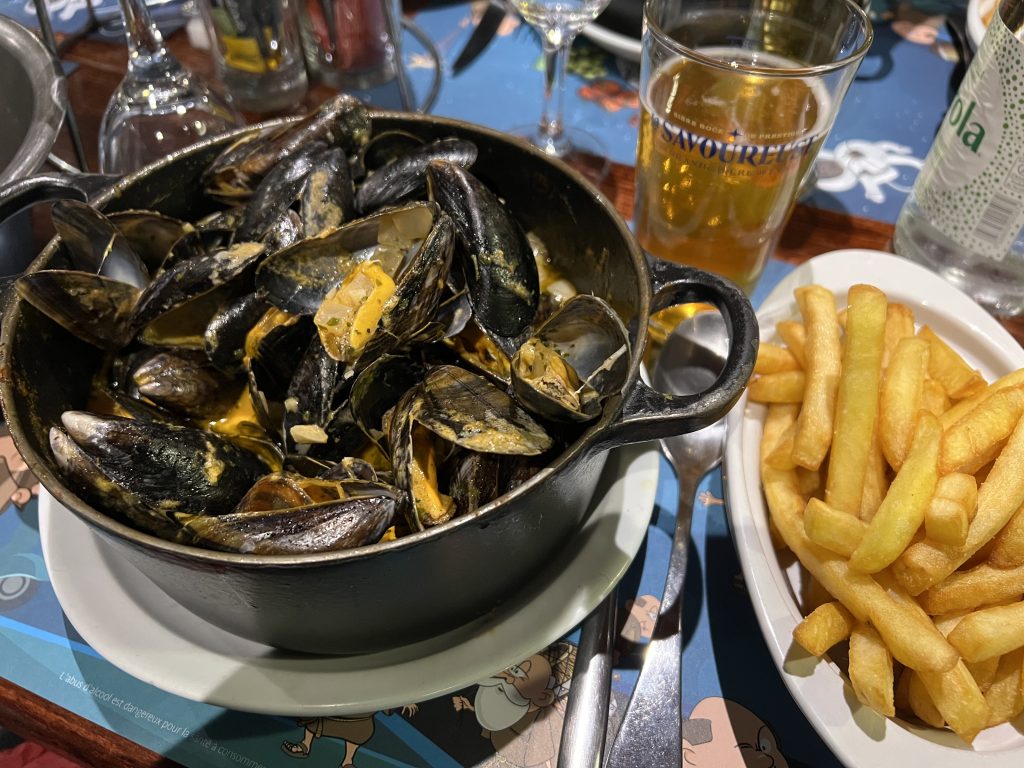
Choosing which mussels was a task – albeit an enjoyable one. At Bistrot Des Moines, there were 13 versions to choose from.
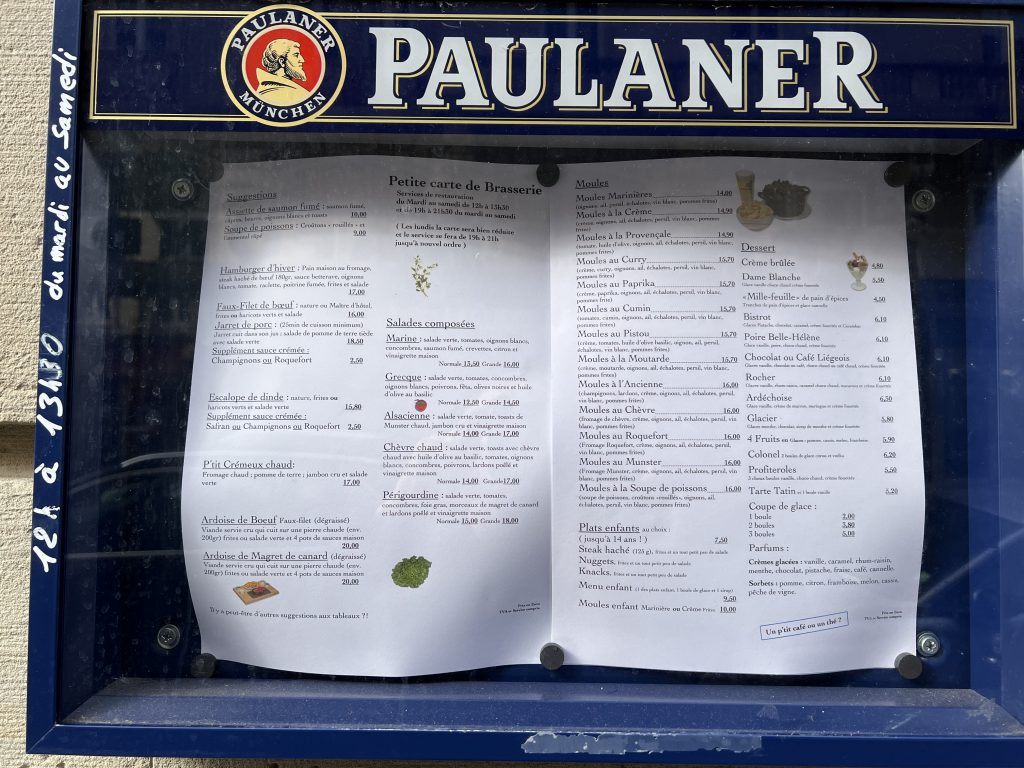
If Jeannie’s smile is anything to go by, the mussels were good, but the beer was even better.
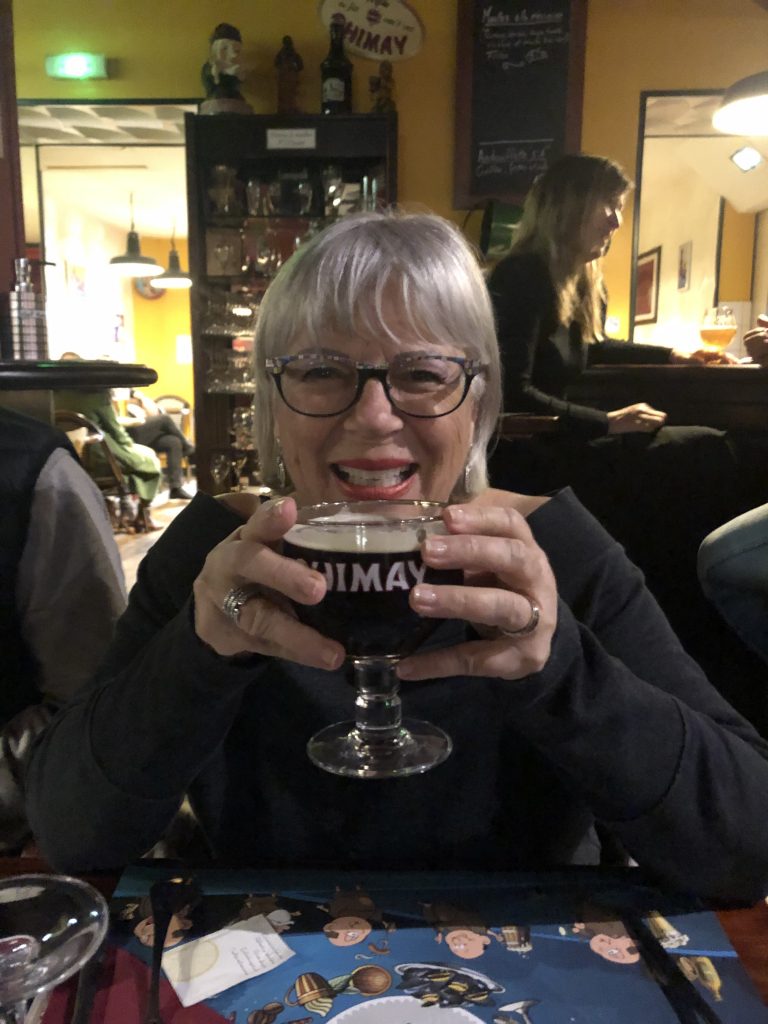
It was a bit of a climb to reach the Citadel.
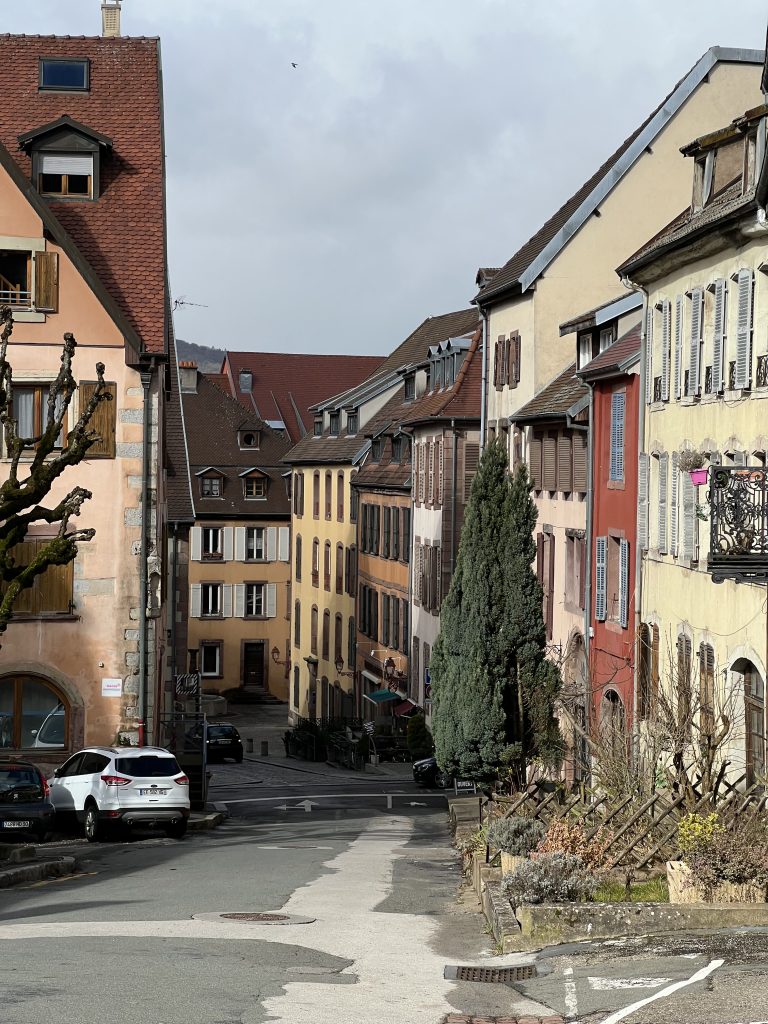
As we got higher, we could turn around and see Belfort beneath us.
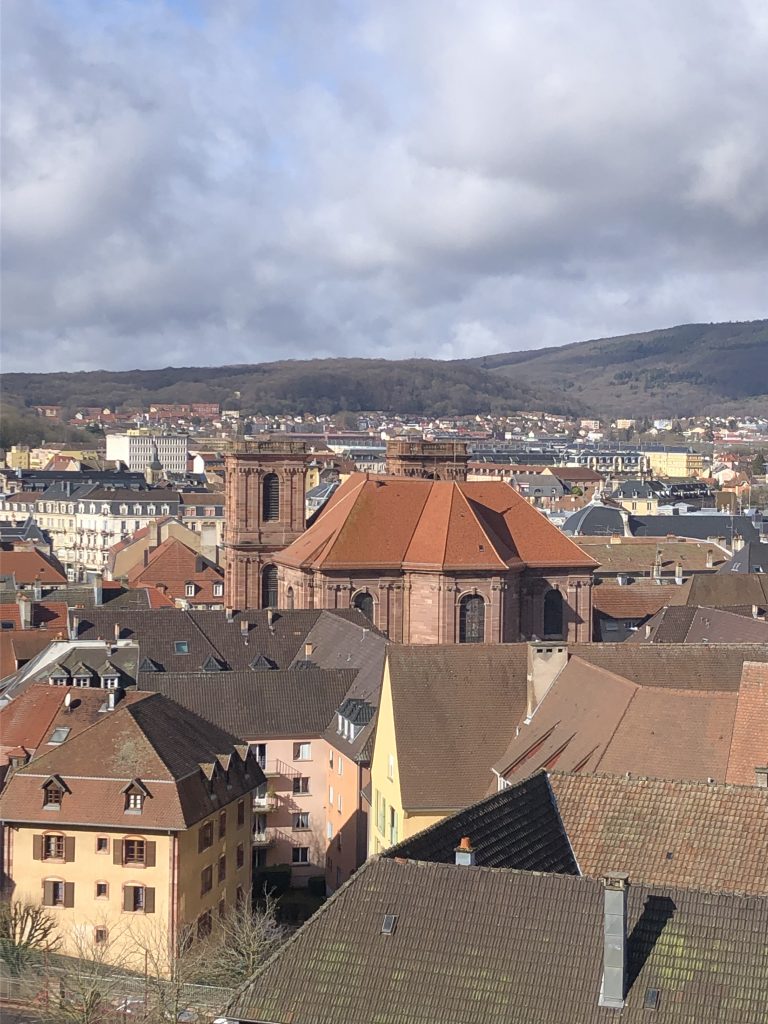
Before we reached the top, we stopped to see the Lion de Belfort. Overlooking the city since the 1800s and located outside the walls of the Citadel, the Lion was used as a symbol of strength and resistance during both world wars.
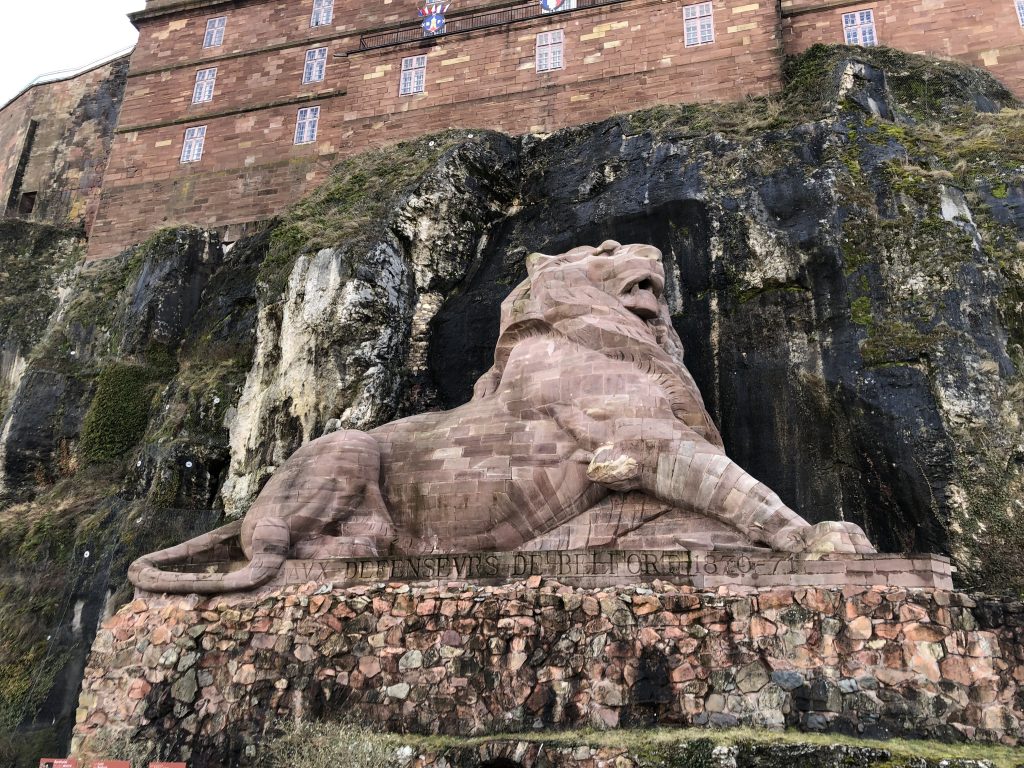
As we got closer, it was impossible not to be impressed by the massive size of the Citadel. There were towers along with walls with openings for both guns and cannons.
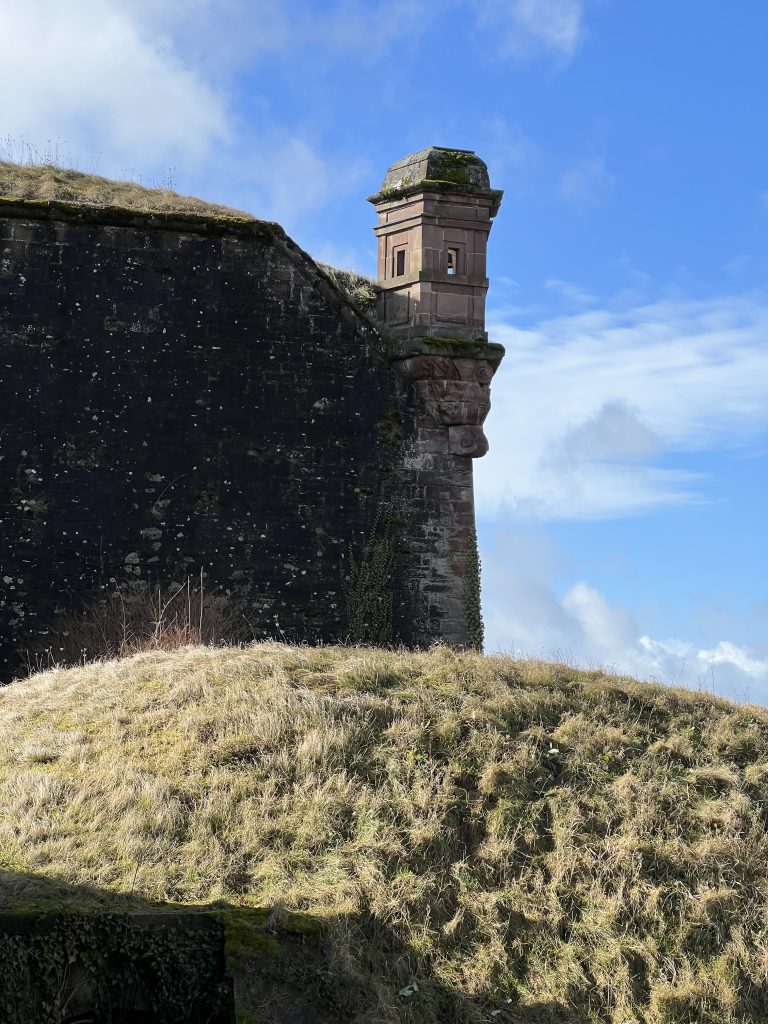

The sheer scale of the Citadel had me wondering why anyone would even think of attacking. But attack they did. In 1870, a siege lasted 73 days. The drawbridge was the constant target of enemy artillery. It was destroyed a number of times – and rebuilt each night.
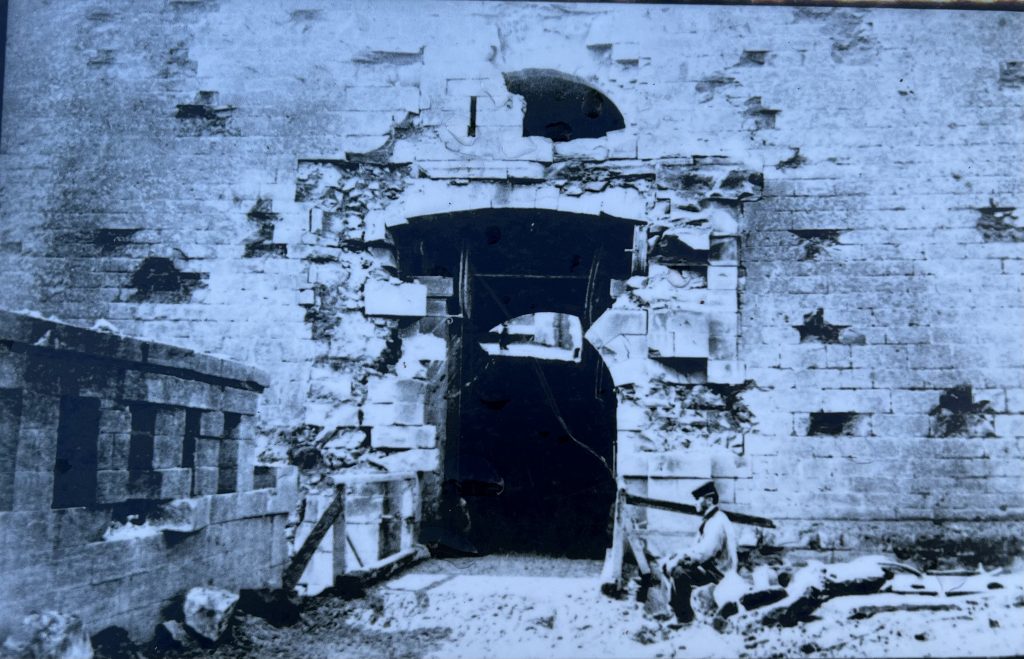
And is still in use today.
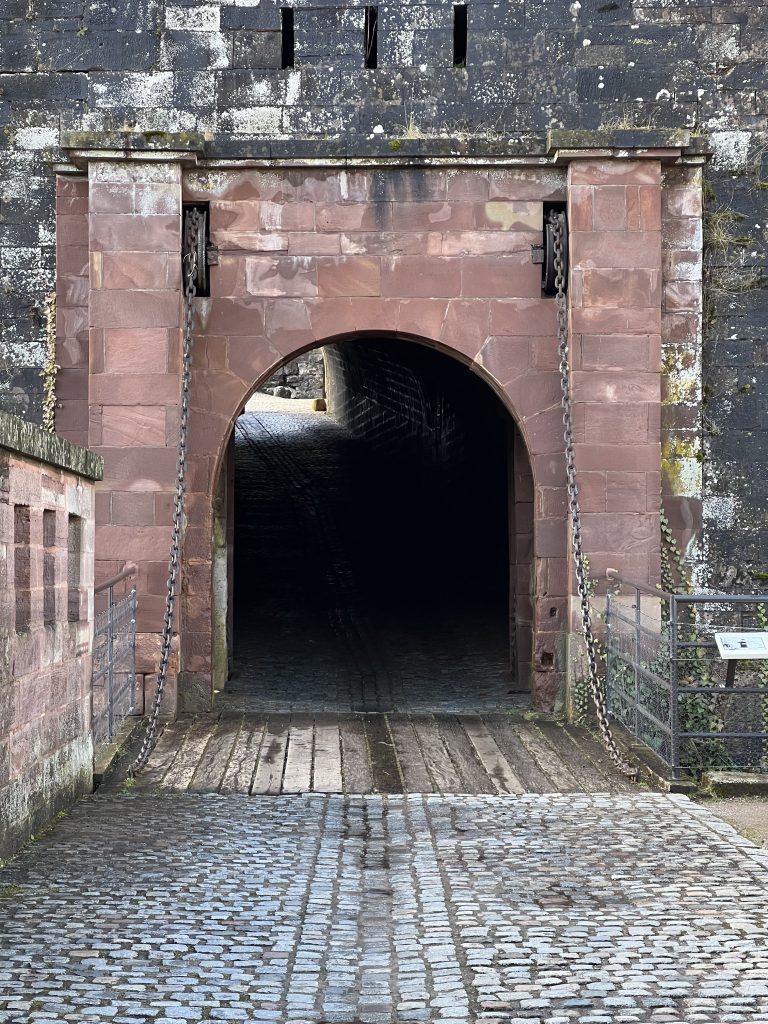
A drawbridge at another wall, still has cars passing through it everyday.

There are cannons on the grounds. I suppose if this one were lost, the finder would immediately know who owned it.
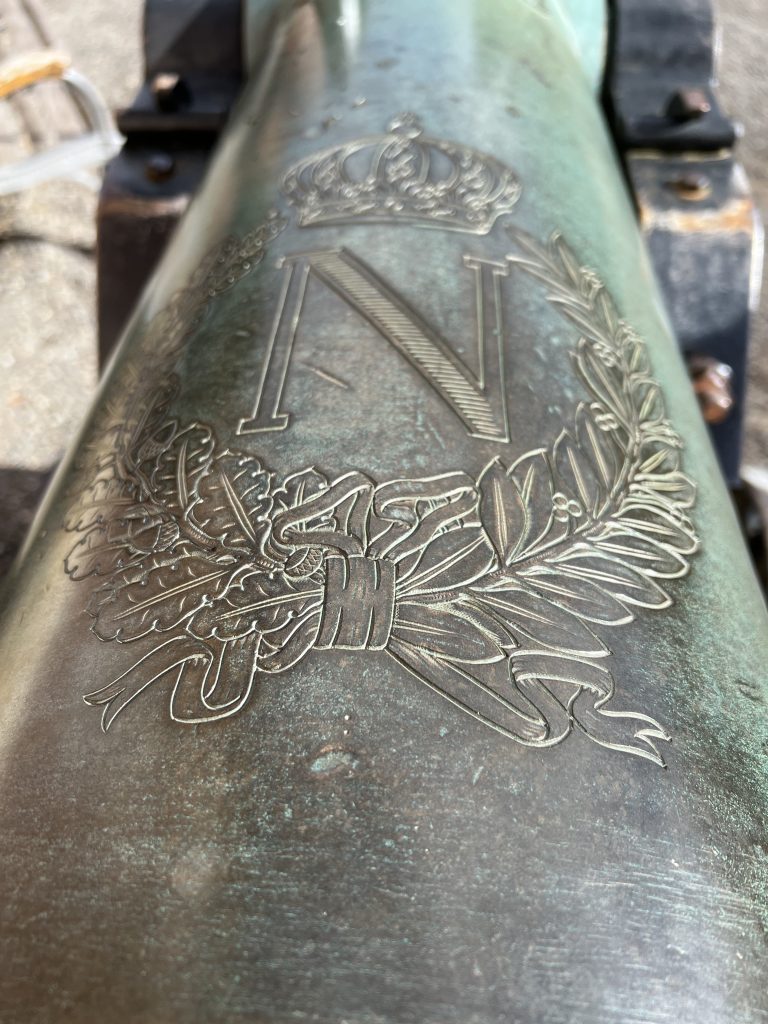
The grounds are massive – sometimes looking like a cross between a fort and a golf course.
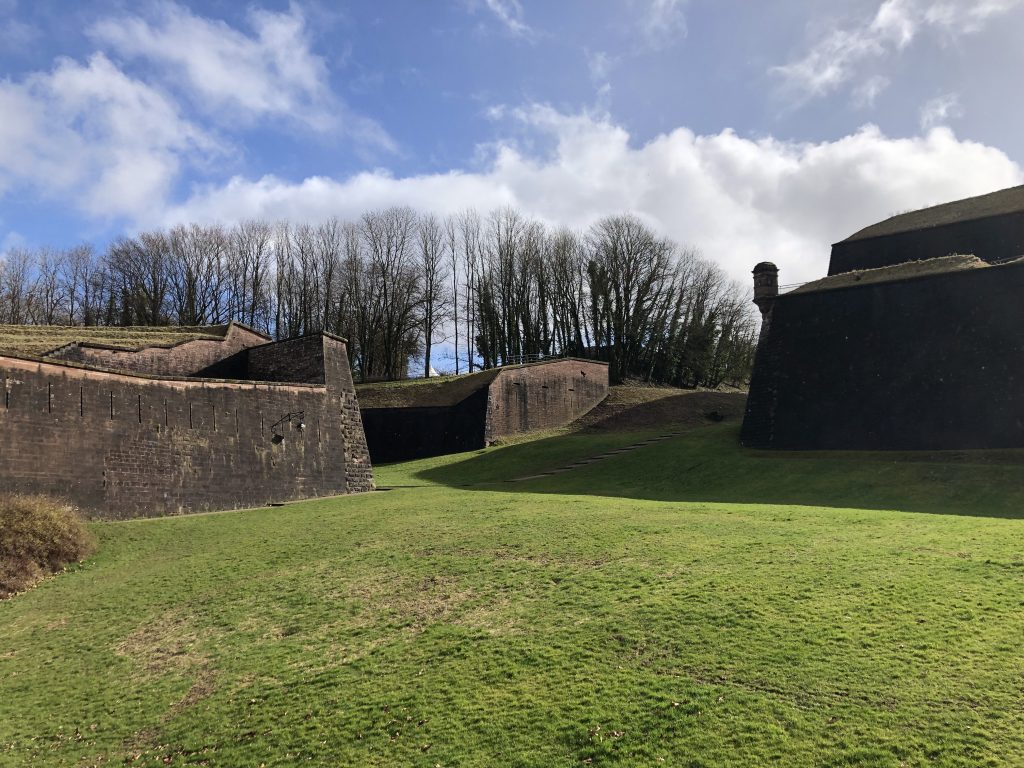
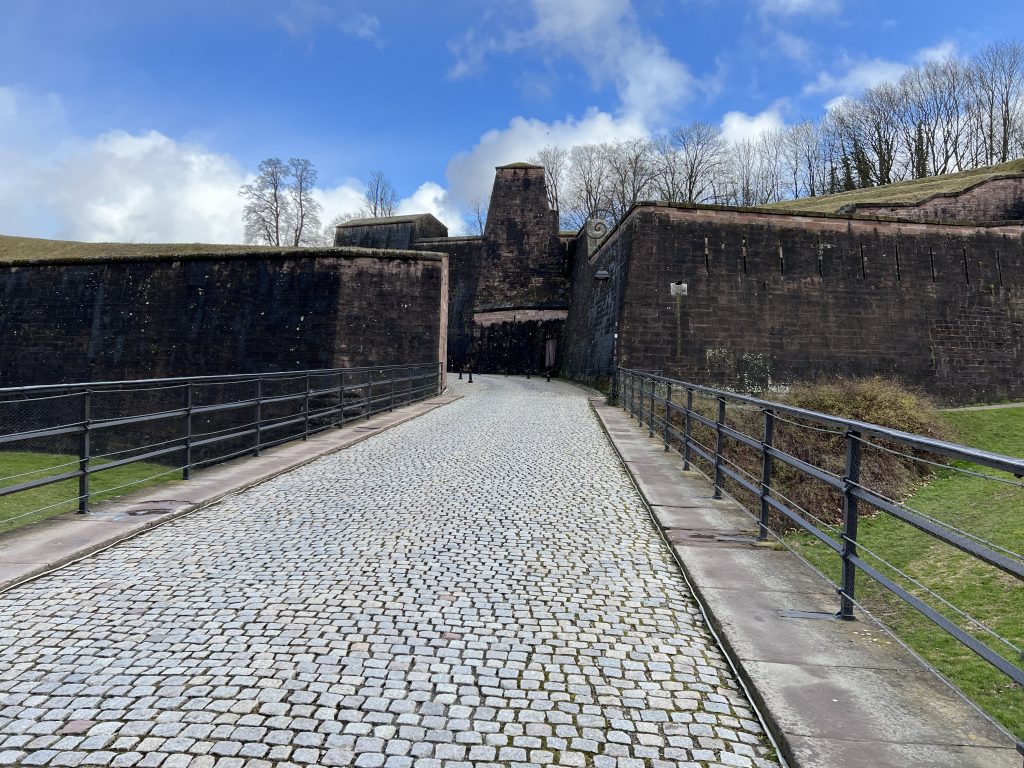
There are tunnels throughout the Citadel. Yup, that’s me in the photo below. Obviously, Jeannie grabbed that shot. I can’t take credit for all of them.
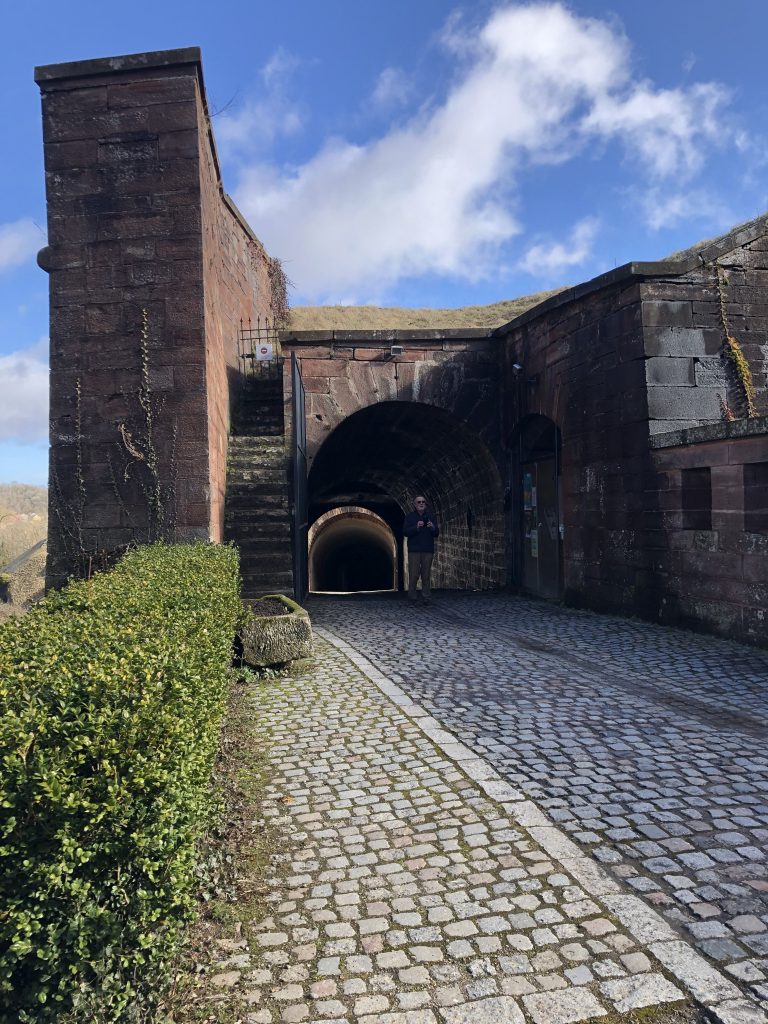
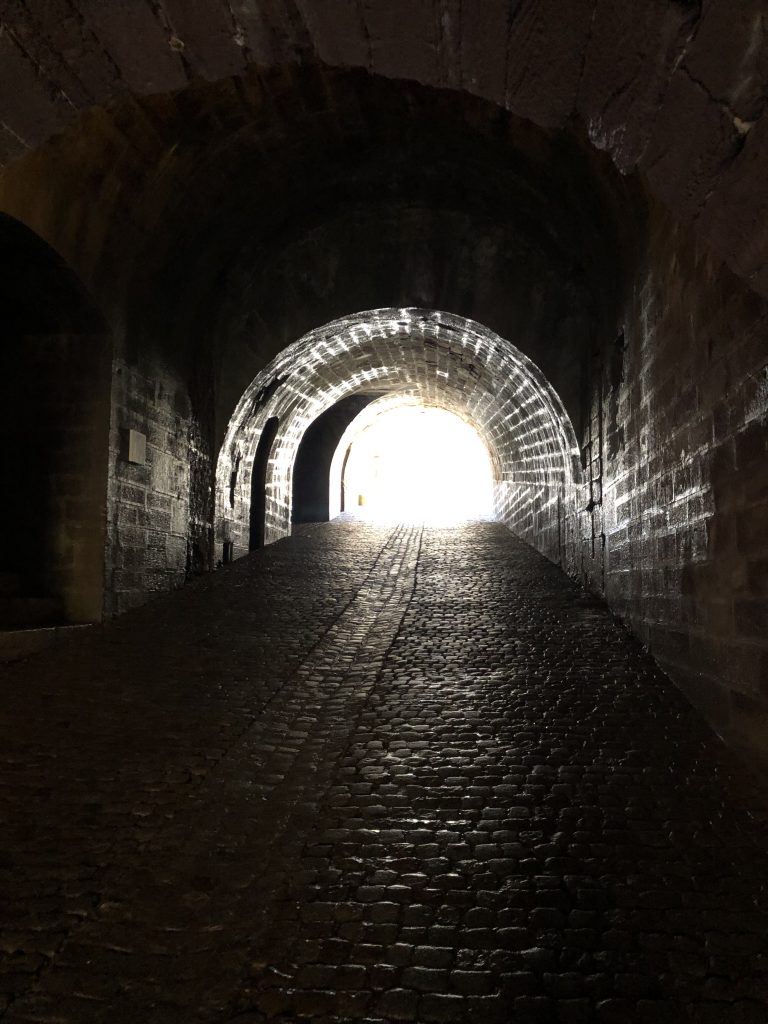
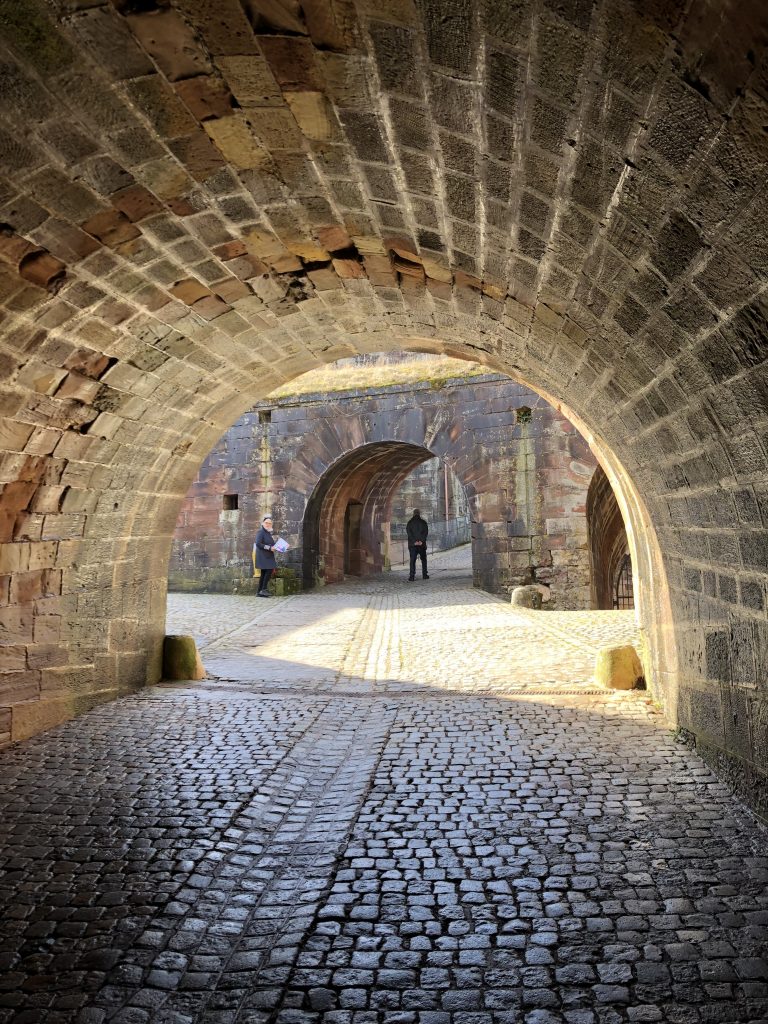
The two figures in the shot above may look familiar. Mark and Debra from Melba (Chapters 121-126) joined us in Belfort. It’s half-way between Strasbourg where they’re mooring for the winter and Auxonne where we’re moored. None of us had been here before. We chose Belfort purely because of its location. It worked out better than we expected. Here they are leaving the Citadel – but, as you’ll soon see, our visit to Belfort is not over.
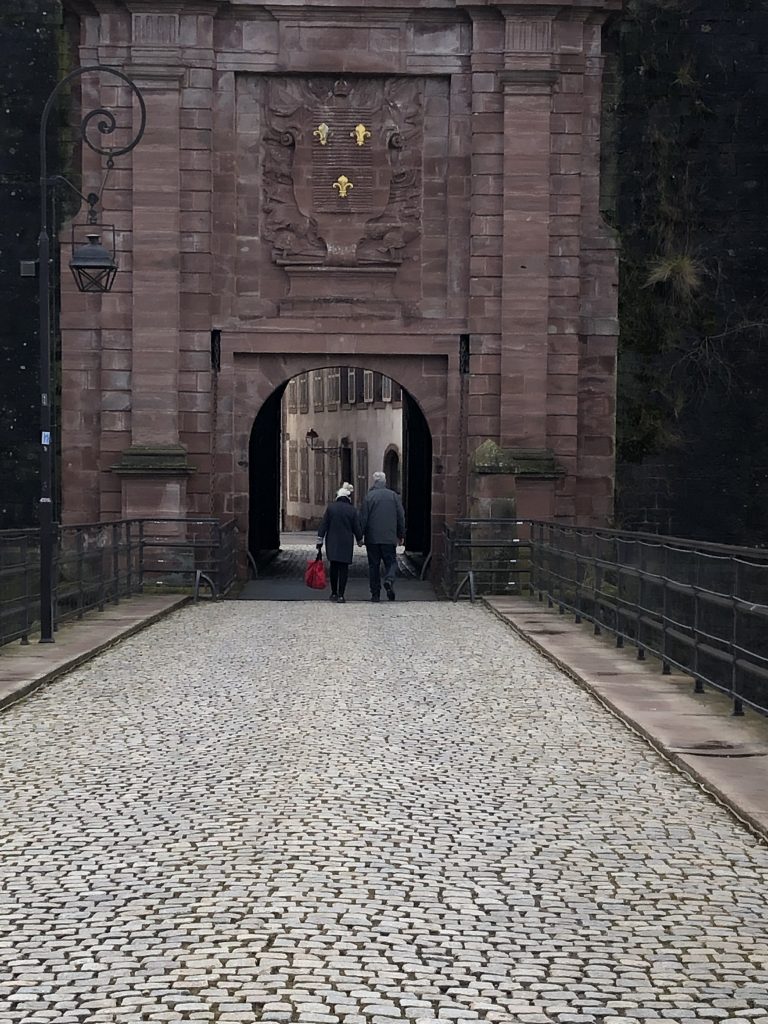
After the Citadel, it was time to head indoors to a museum. But not just any museum.
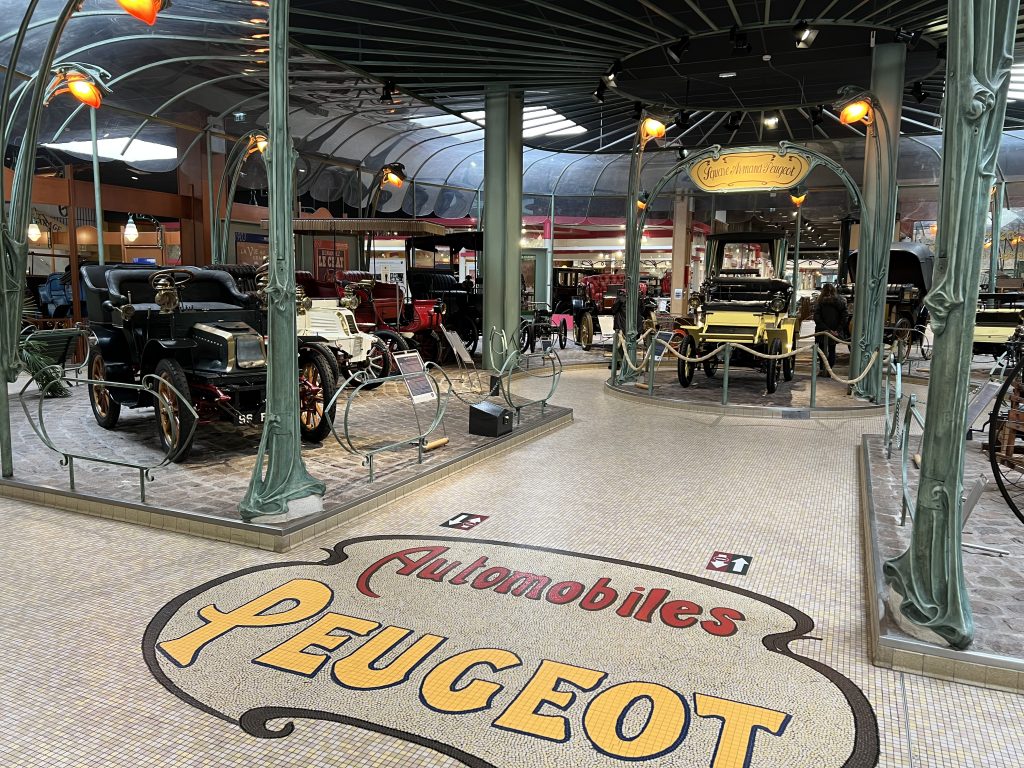
We met in Belfort because it was equidistant from each of our moorings. Serendipity that it had a beautiful car museum, a Peugeot museum. I thought I knew all there was to know about Peugeot. After all, we have one – a gorgeous 308 SW GT Line. And once upon a time, I had a Peugeot bicycle. What else could there be? A lot, it turns out. Walking the aisles of this museum was a real learning experience.
Peugeot seems to have made just about everything imaginable. Barber’s tools.
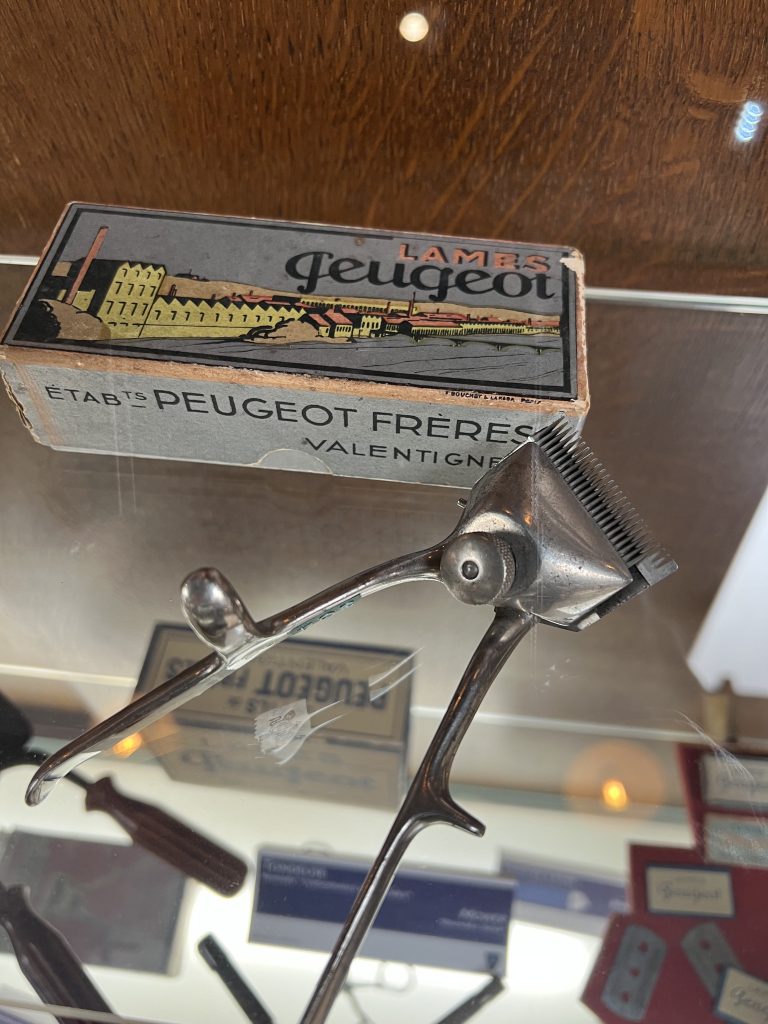
If you wanted a shave, Peugeot made razor blades and handles.
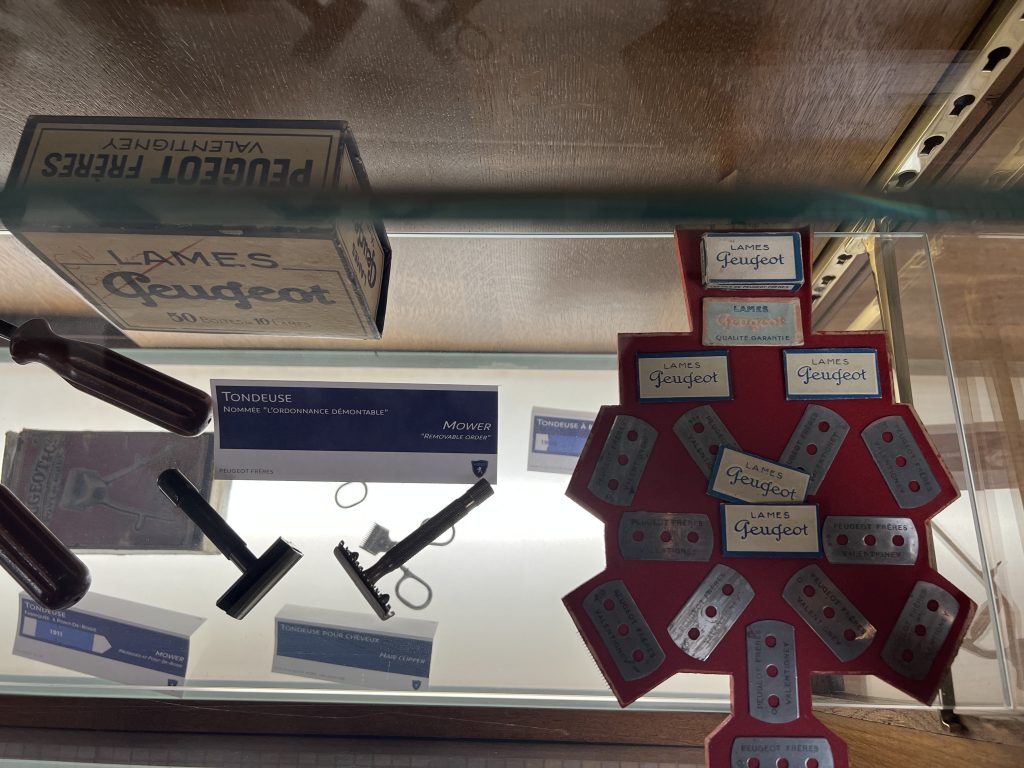
If you wanted a really close shave, Peugeot also made machetes.
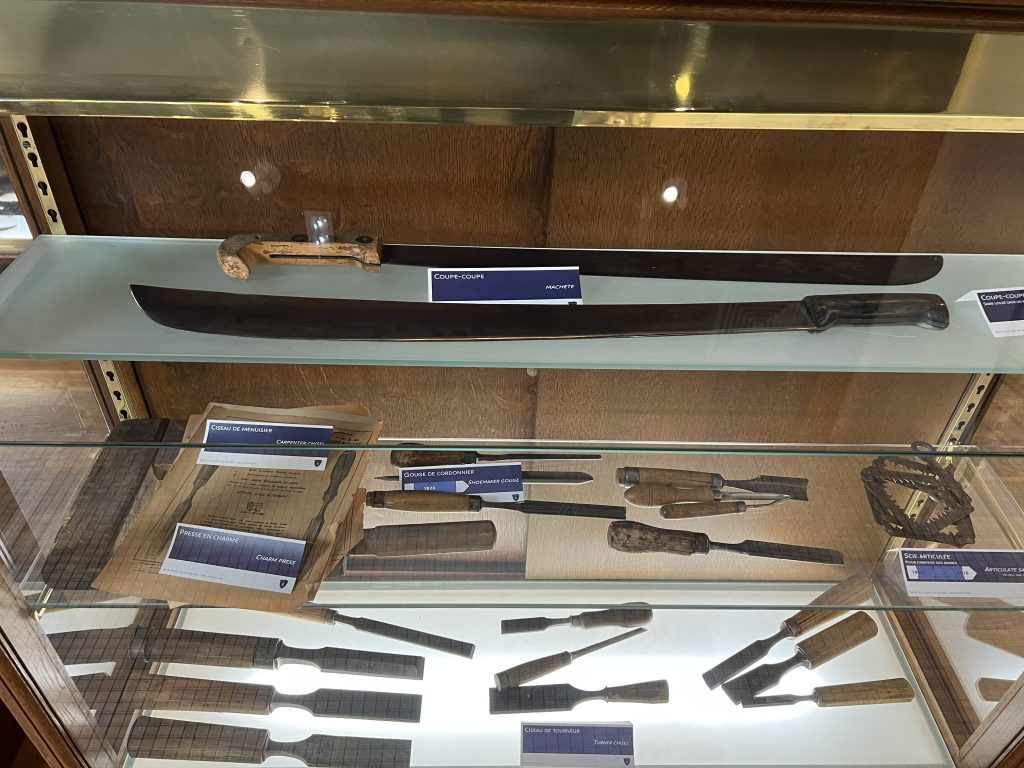
If that machete doesn’t look deadly enough, how about this Peugeot shotgun?
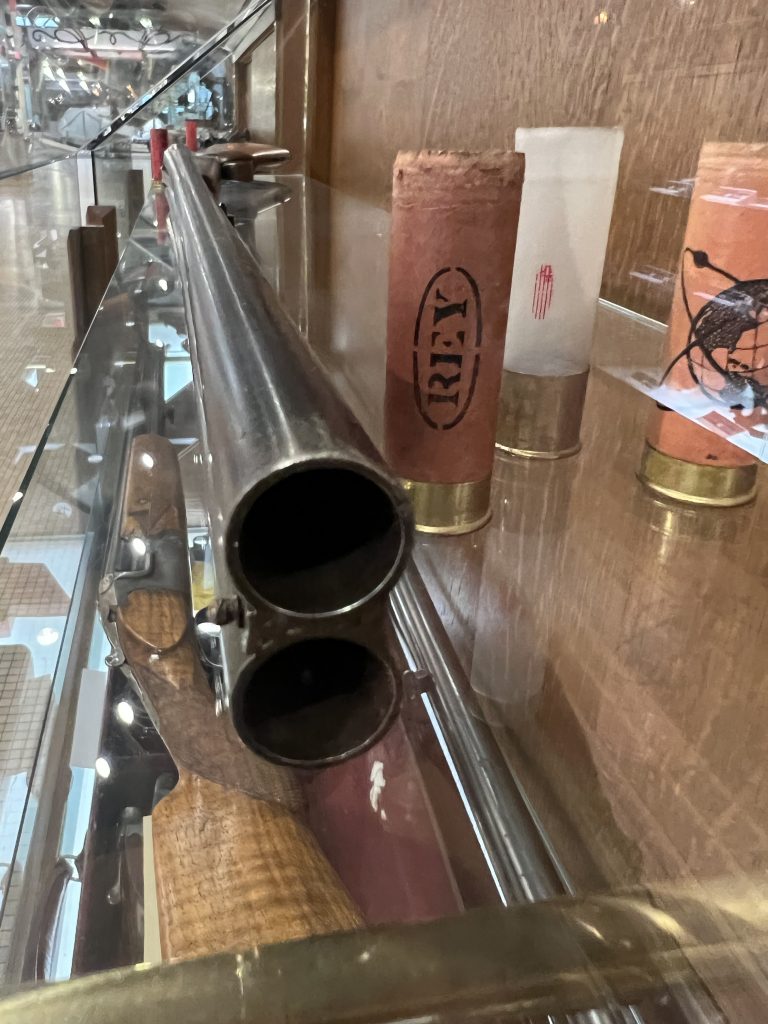
Peugeot made just about every type of domestic appliance – from sewing machines to dishwashers.
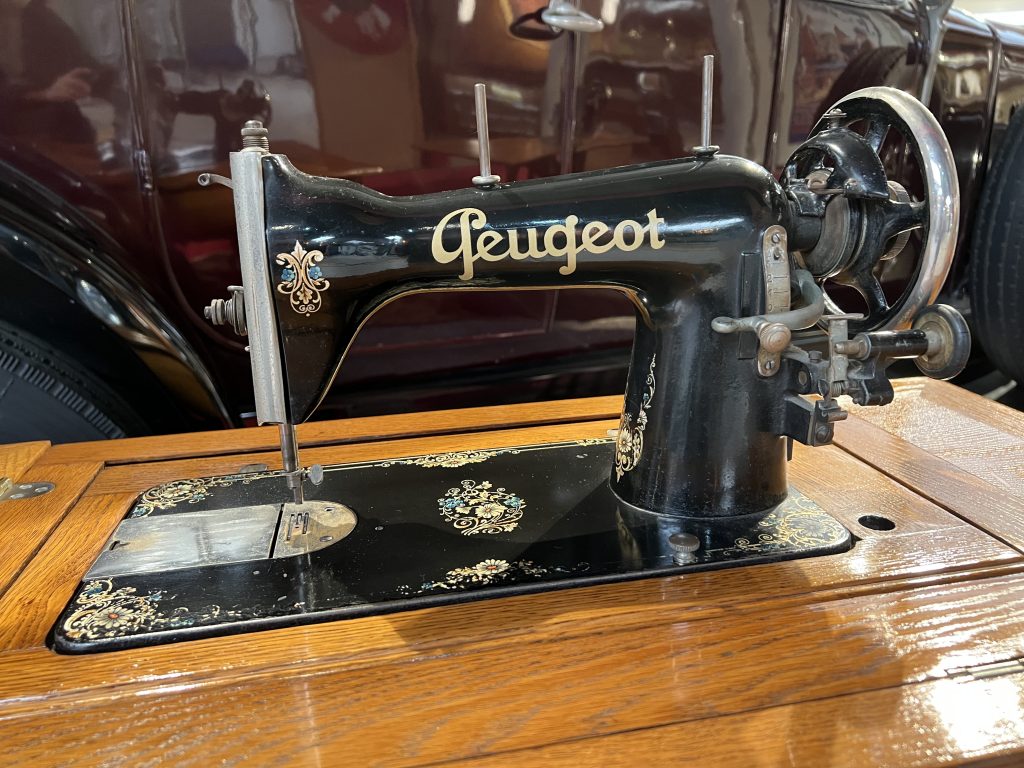
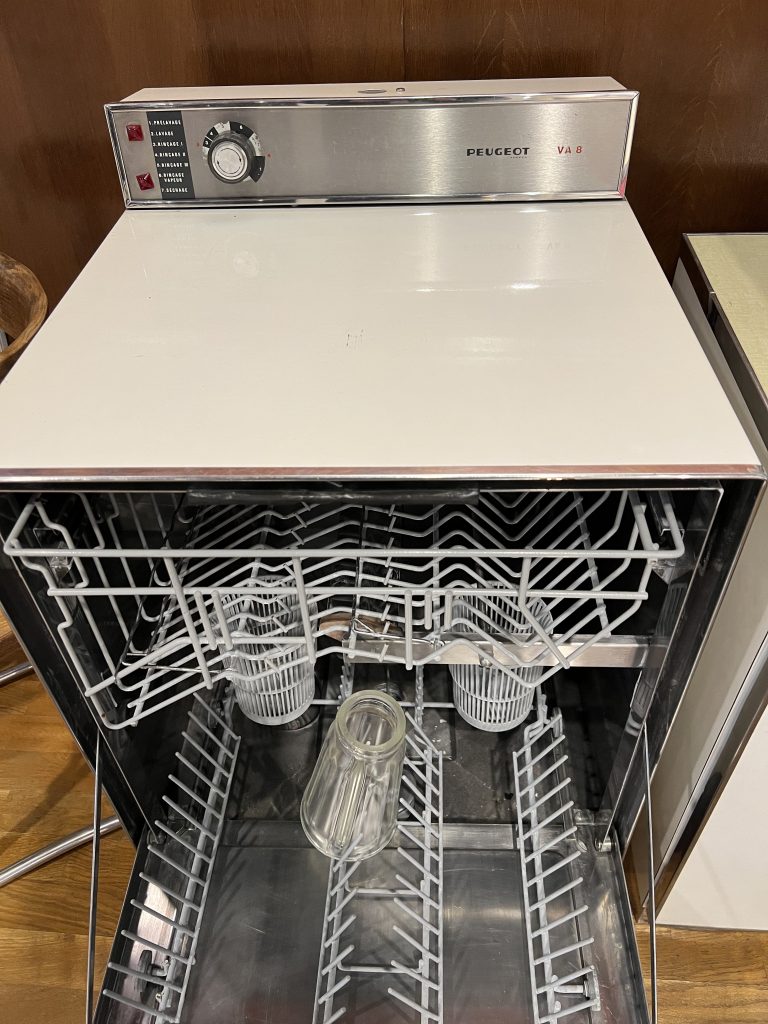
Peugeot made pepper mills. Colourful ones.
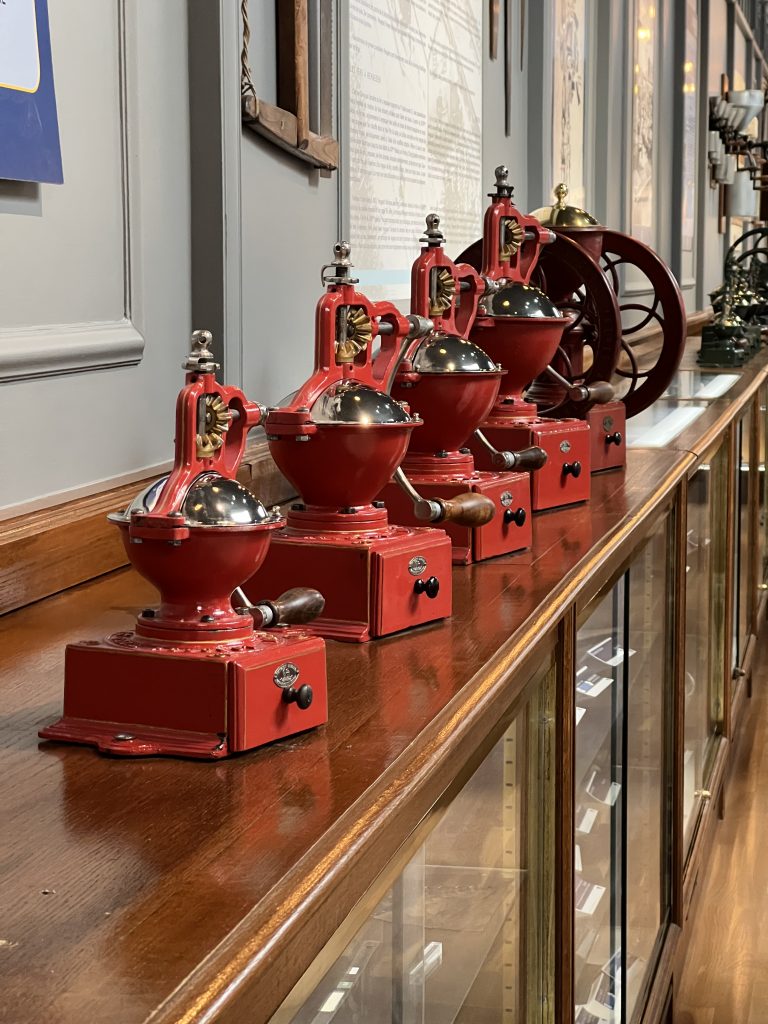
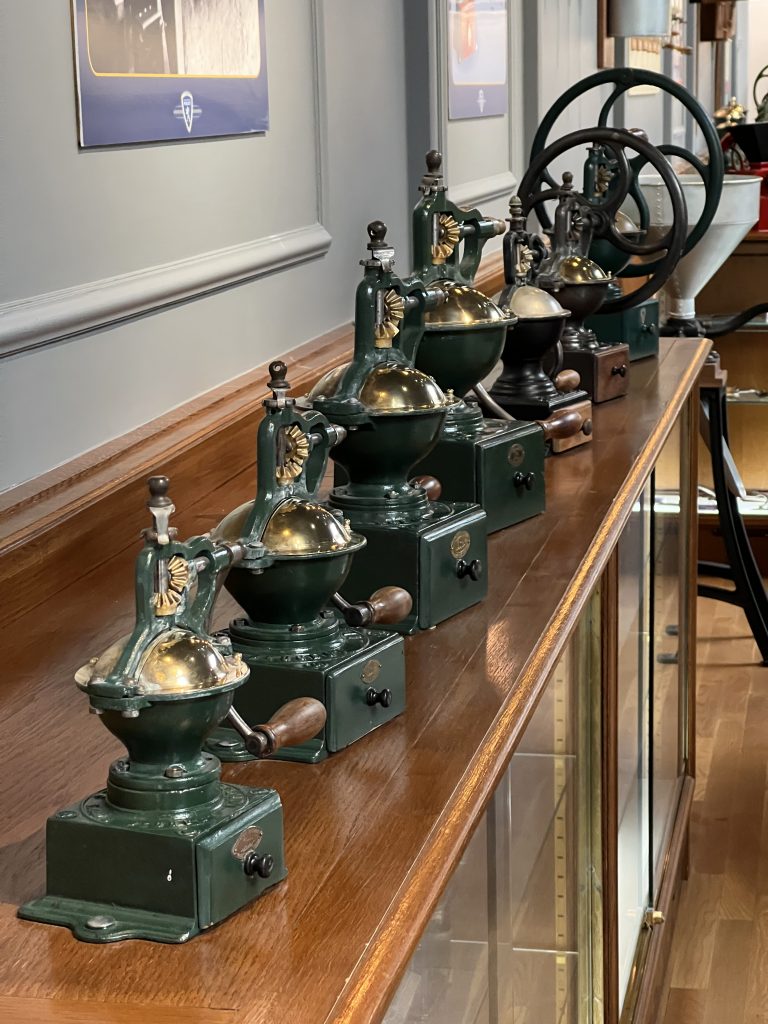
You can still buy Peugeot pepper mills – and wine glasses – and cookware.
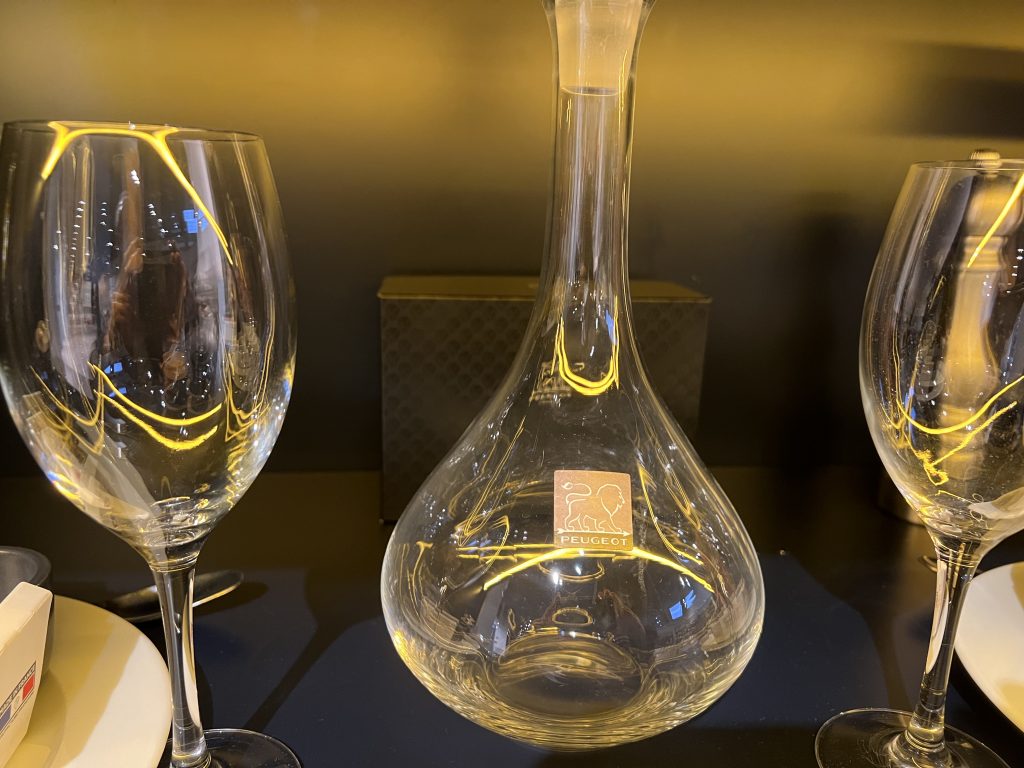
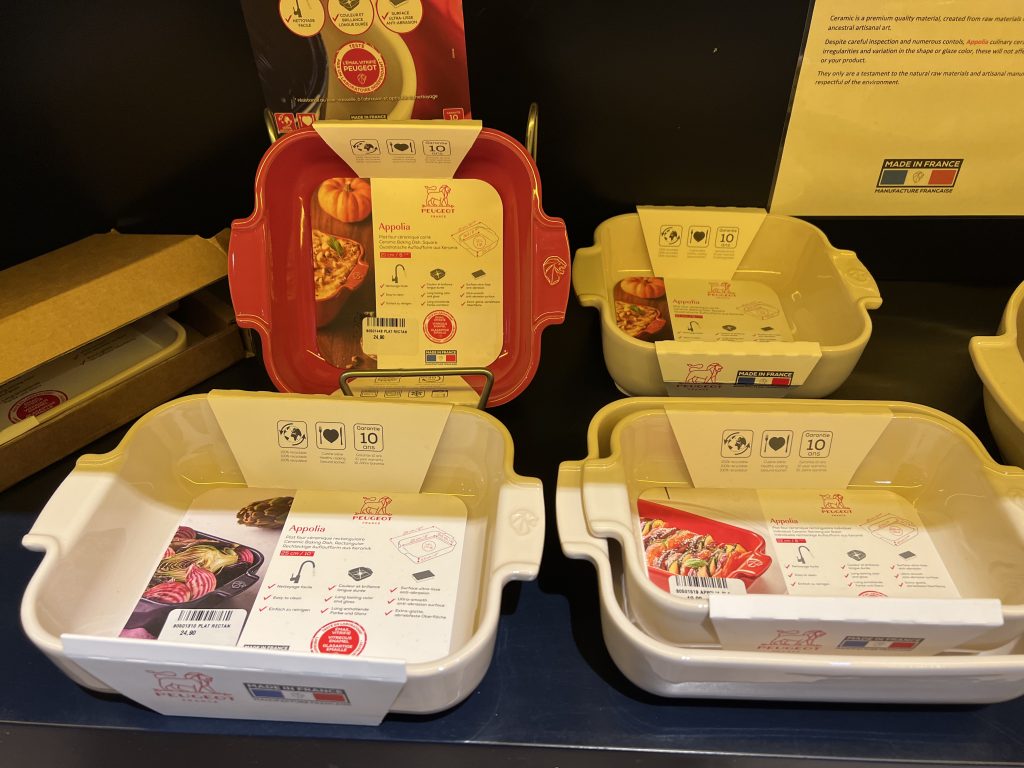
They even made boats. There wasn’t one on display in the museum – but they did sell miniature models in the Peugeot store. Okay, it was a car built to look like a boat.
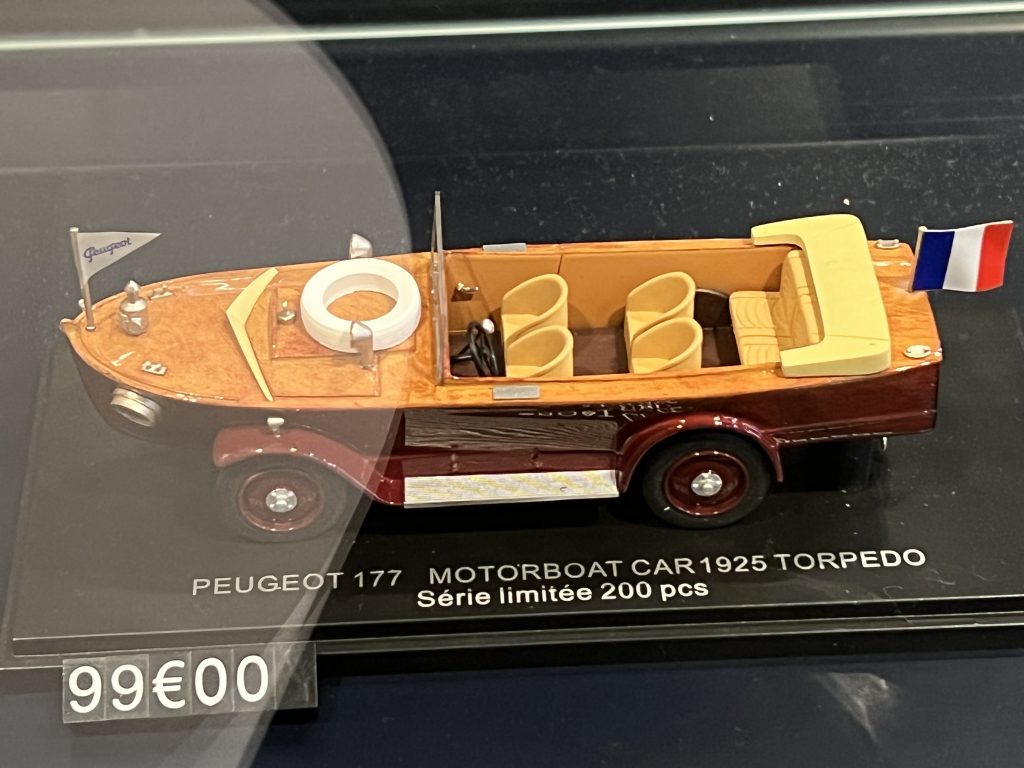
Which takes us back to the cars. And bikes. With and without motors. All made by Peugeot.

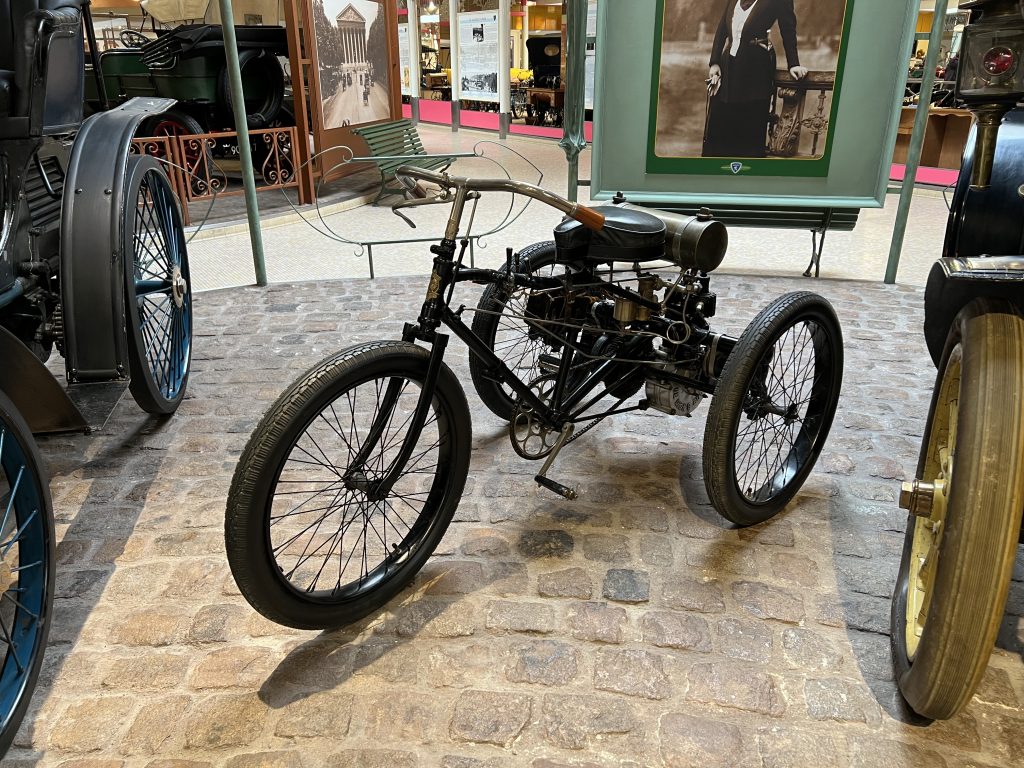
The rims and fenders on this one are made of wood.
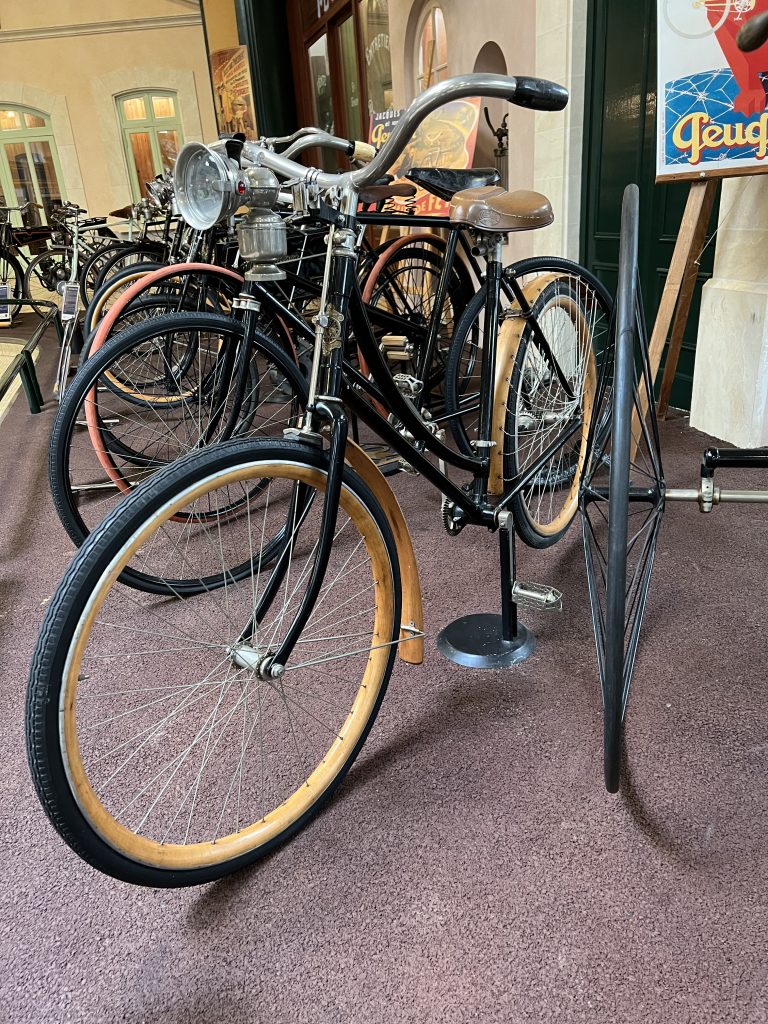
In 1998, this one, or rather its rider, set the world speed record for a bicycle on SNOW! 212 km/h. No motor. Just pedal power.
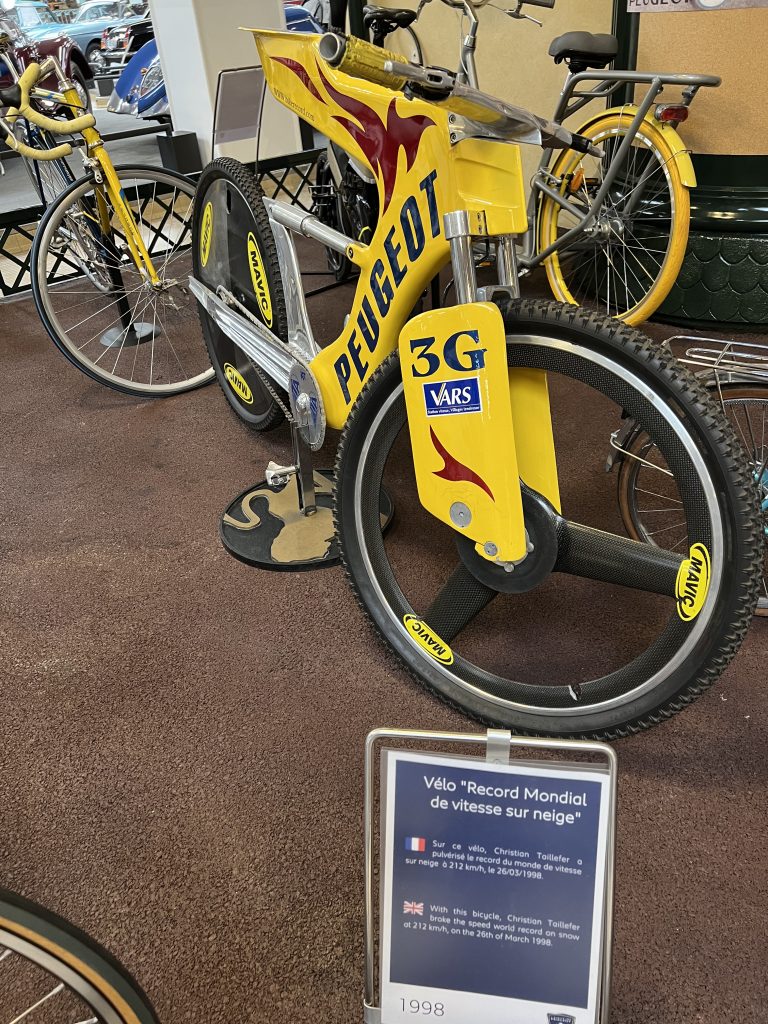
For something a bit slower, a unicycle – complete with training wheels.
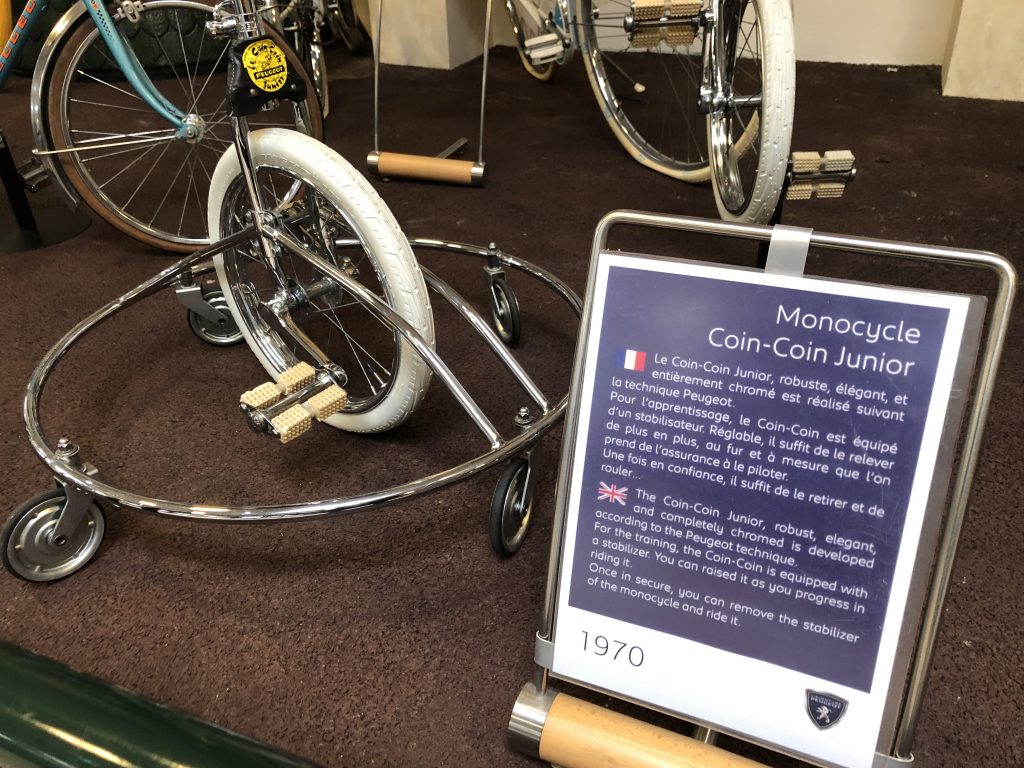
But it’s Peugeot’s cars that are the main attraction at the museum. From a massive limousine – to a two-door coupé with a rumble seat (or mother-in-law seat as it was sometimes called).
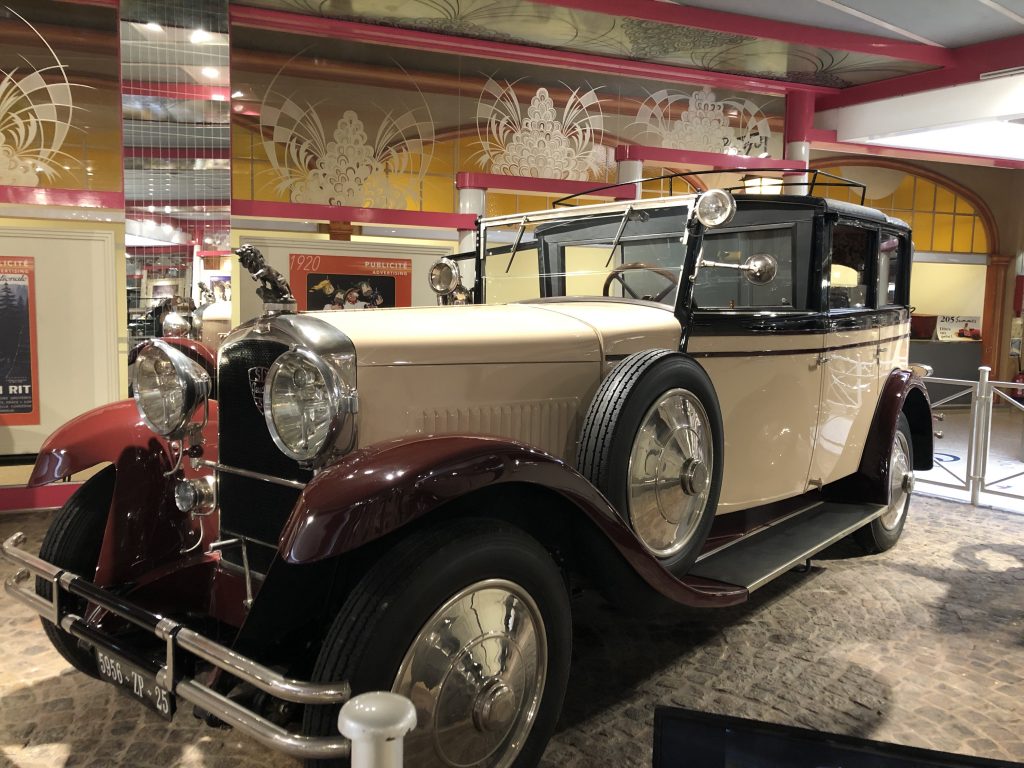
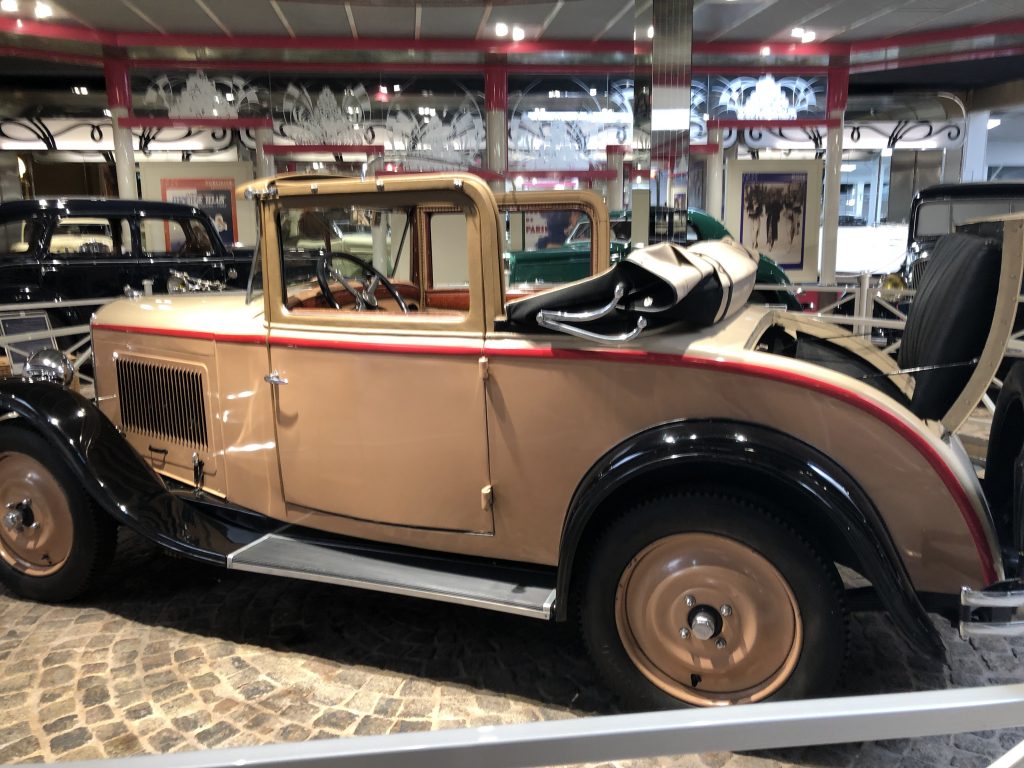
Some of the designs were stunning.
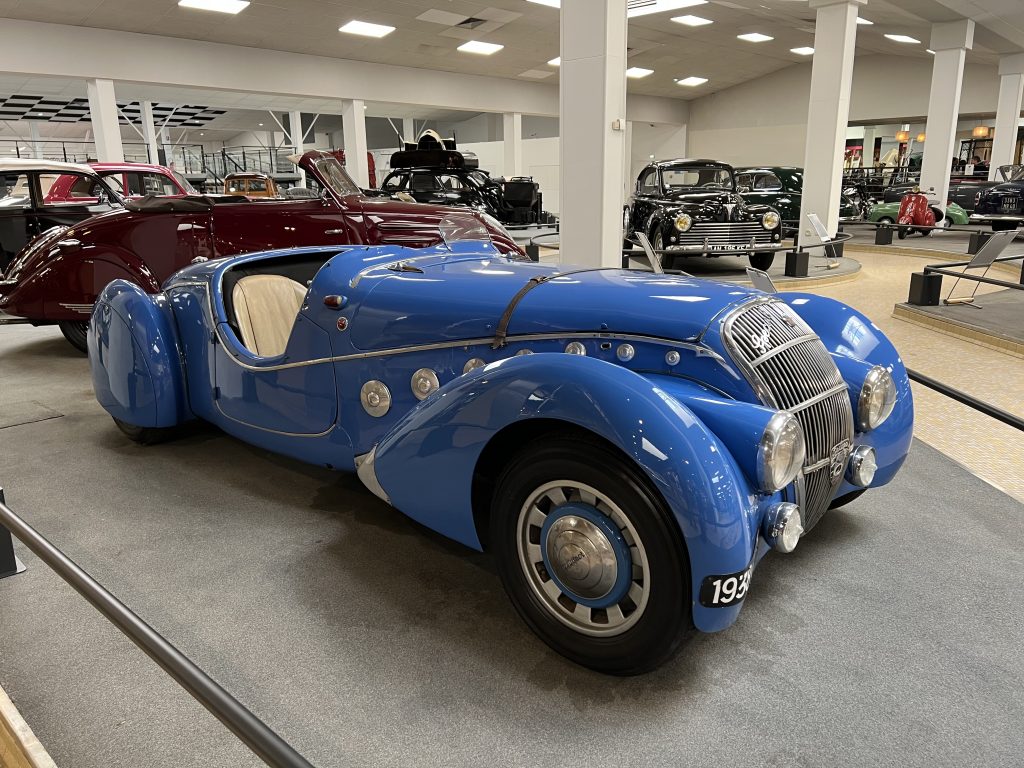
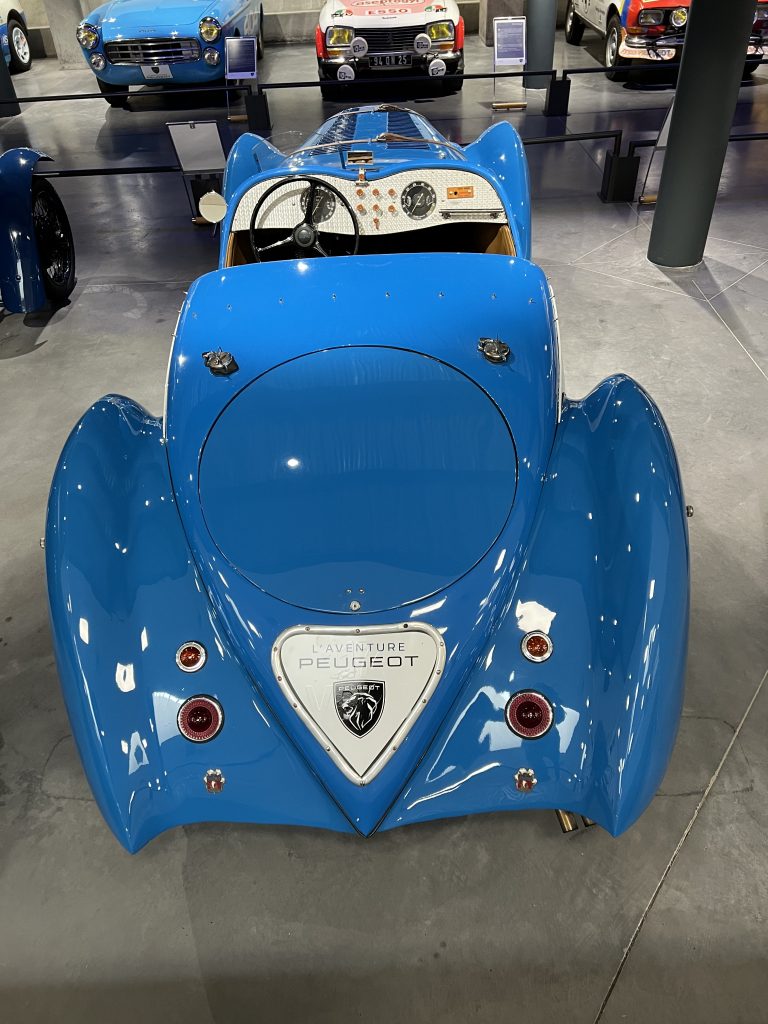
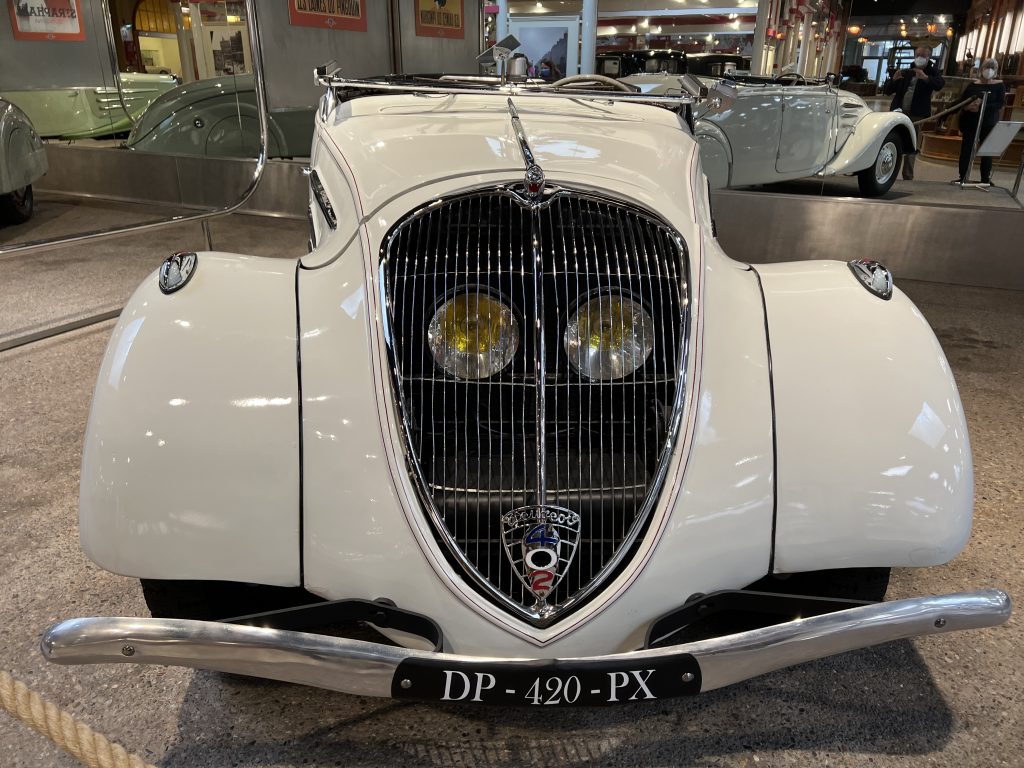
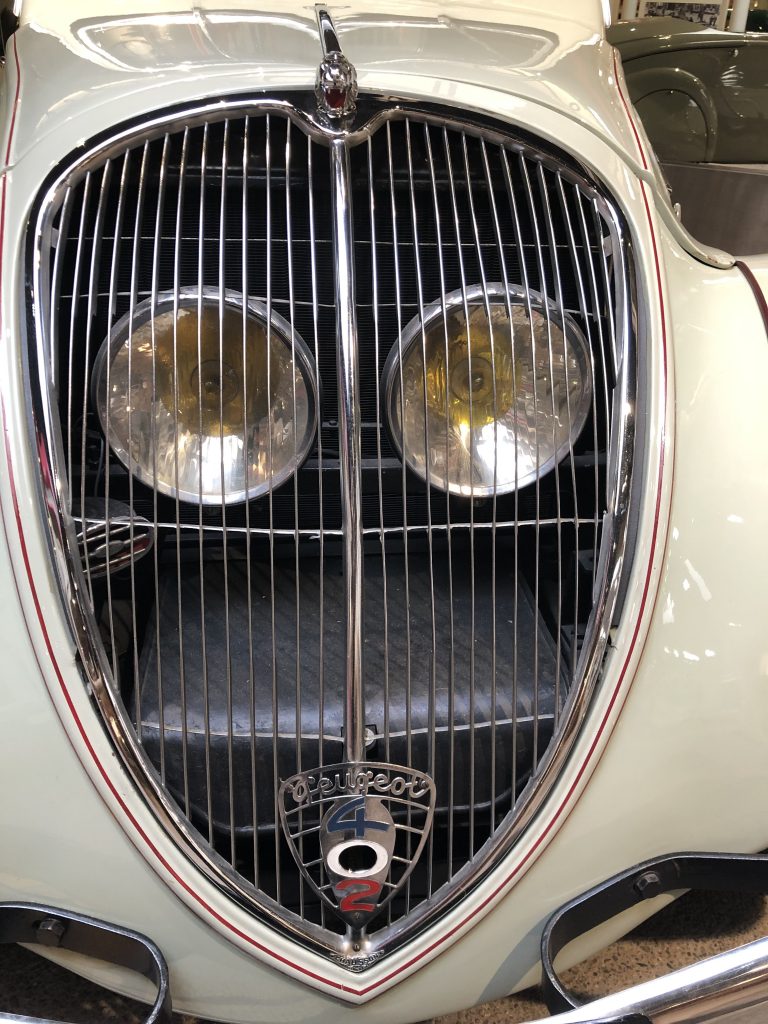
And colourful.
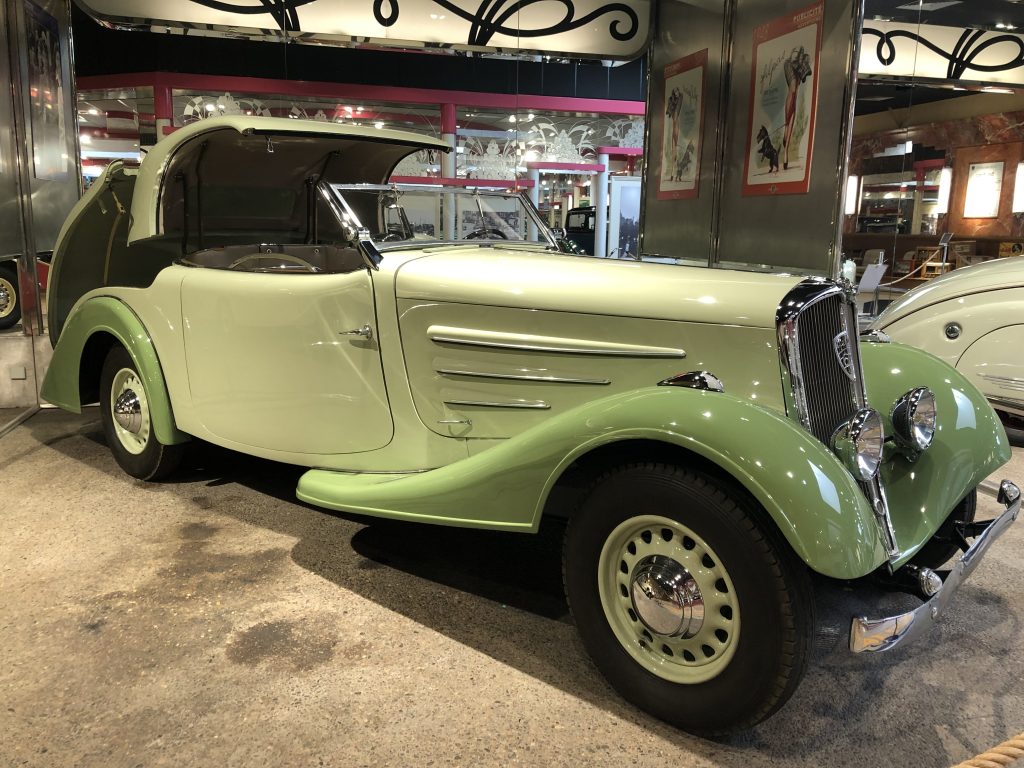
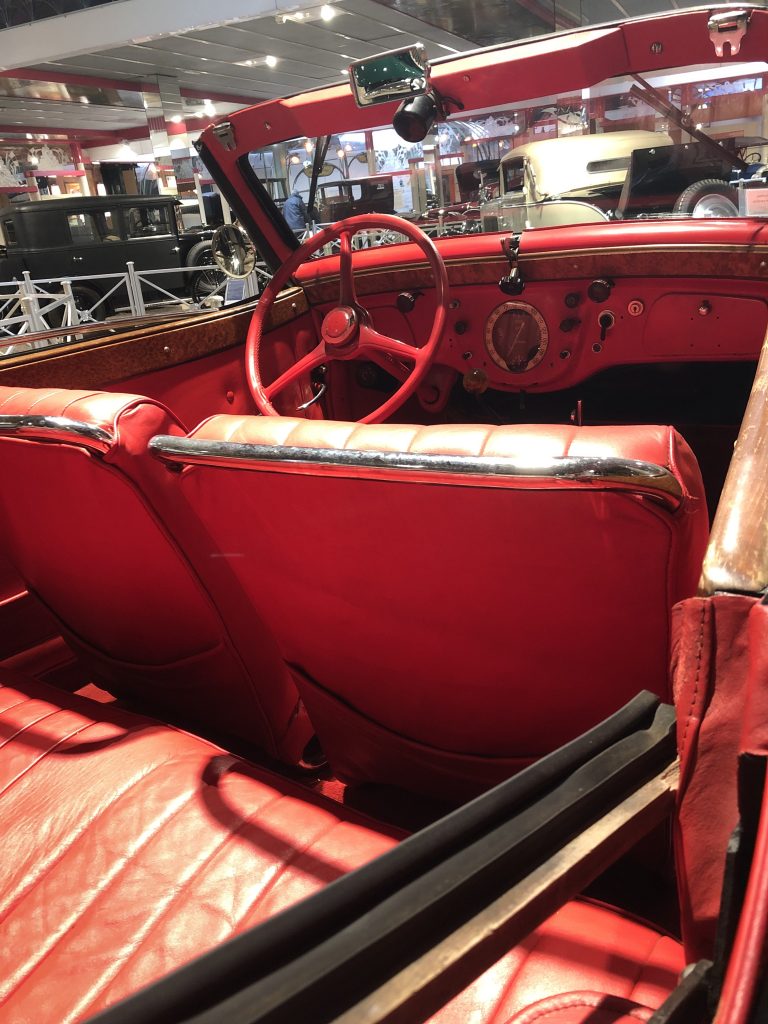
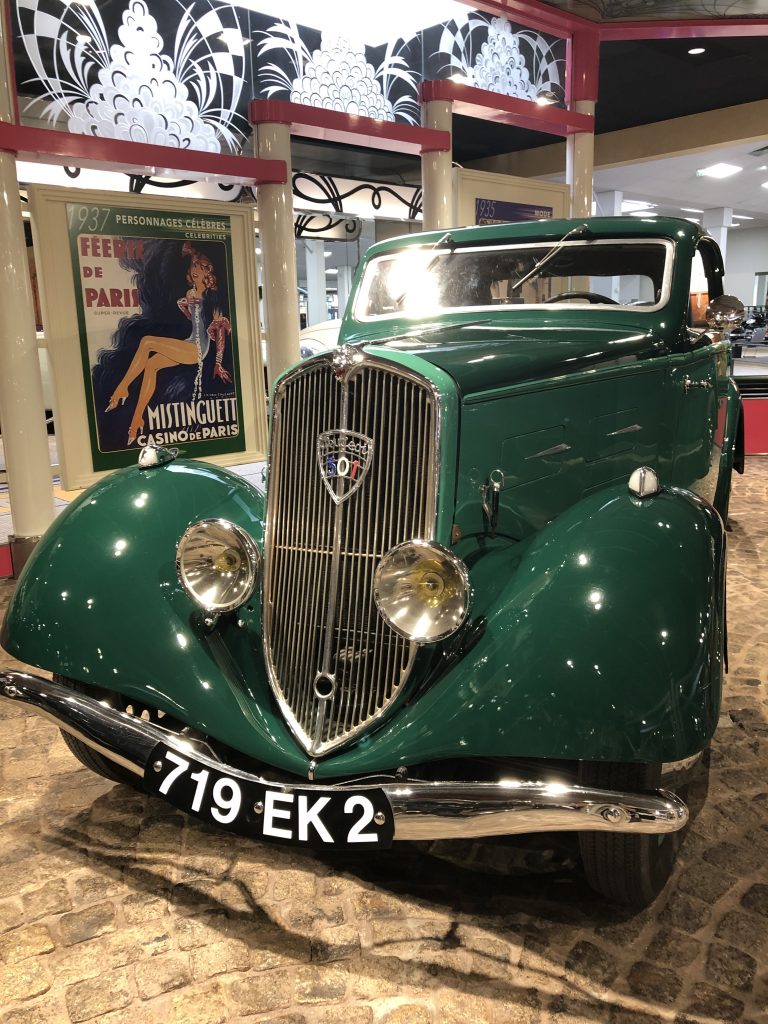
Yup, this is how this one left the factory in 1892. Quite the paint job – although it was a special order.
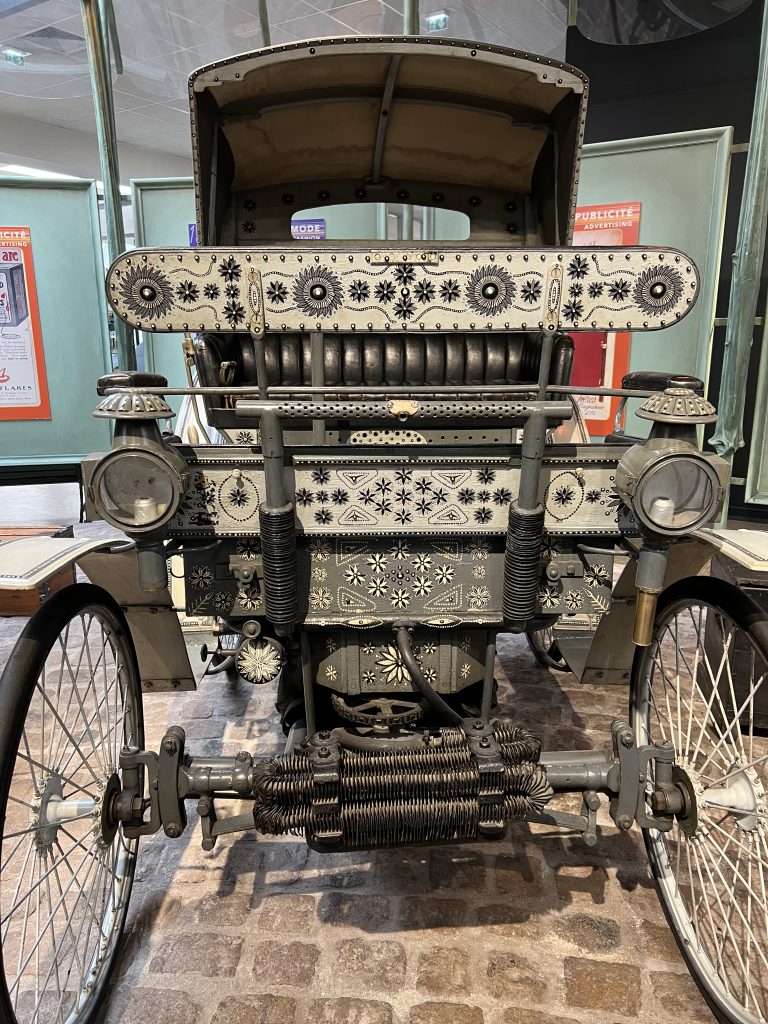
This one has polished wood running along the top of the doors.
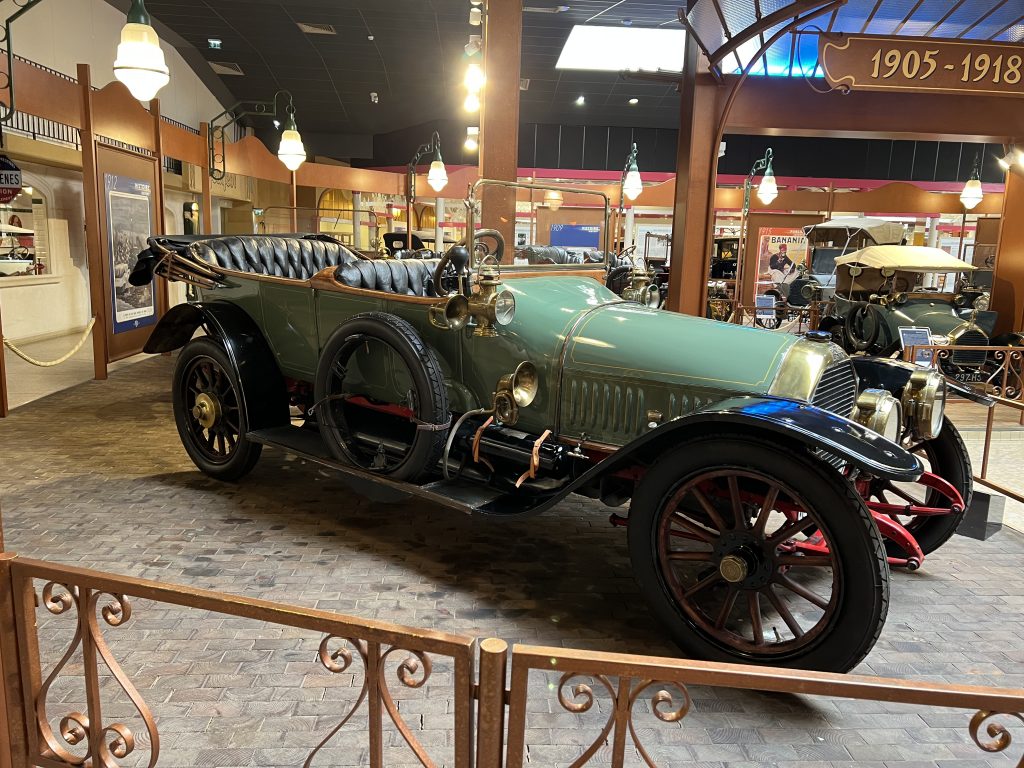
No need to worry about a flat tire with this truck. But the ride may have been a bit rough.
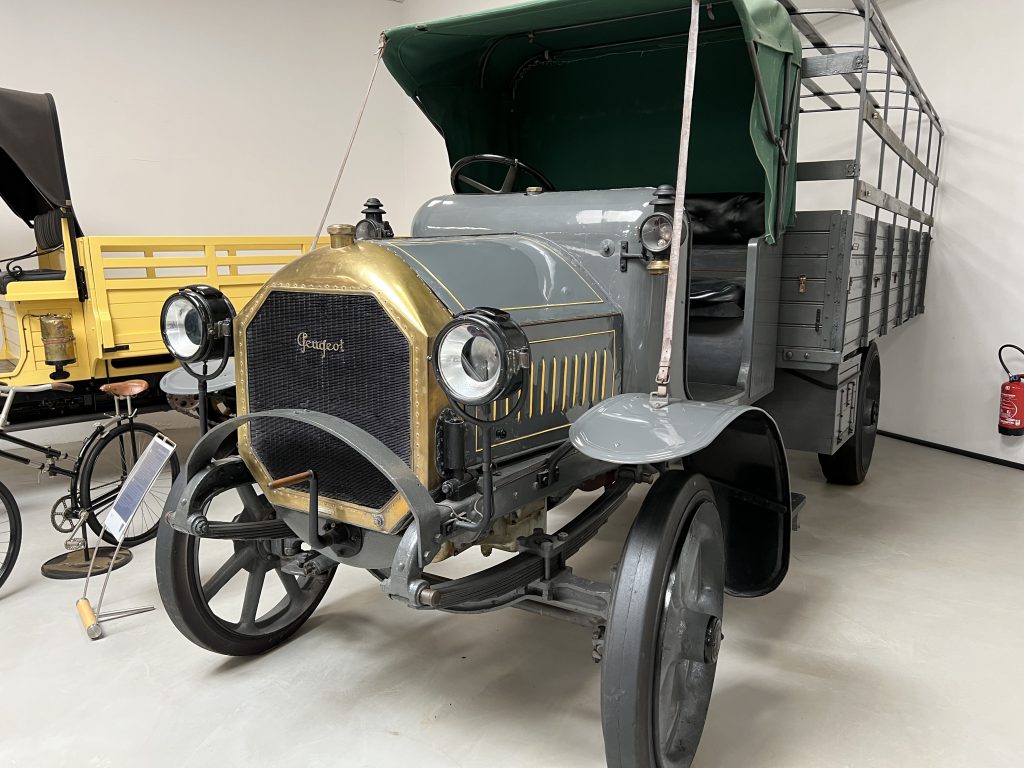
California surfers would have loved this Peugeot “Woodie.”
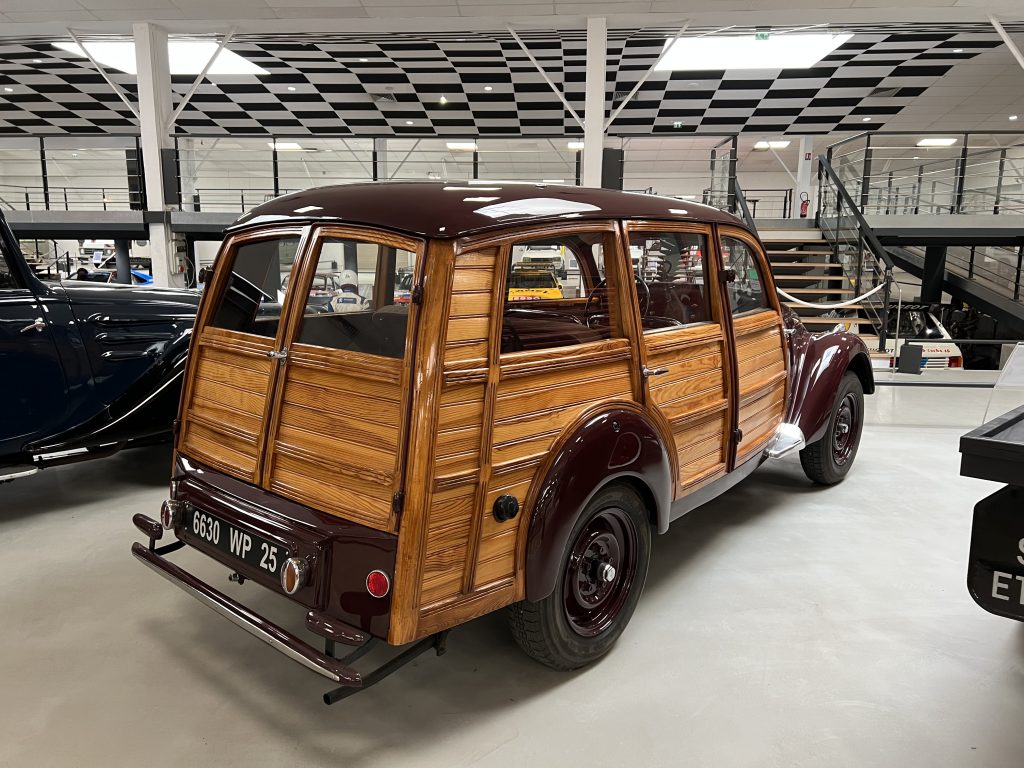
Fans of the 1970s TV show Columbo will recognize the Peugeot 403 convertible – although his was white – and a bit battered.
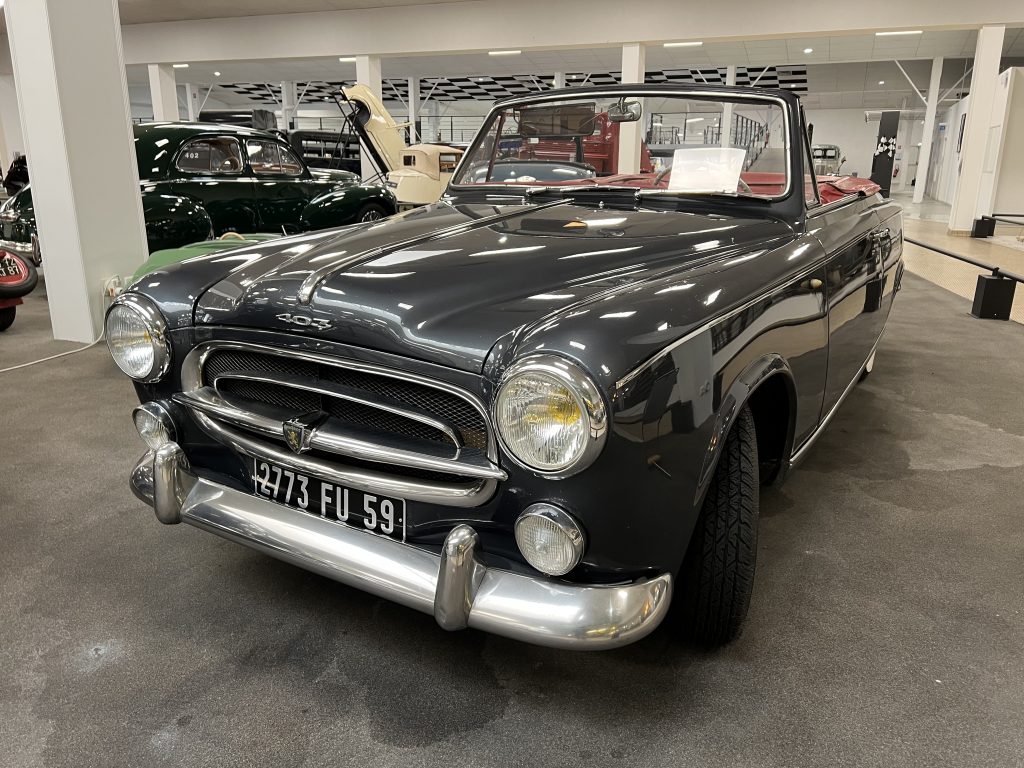
Peugeot was ahead of the current switch to electric vehicles. This one was in production during the Second World War when supplies of gasoline were limited.

The most unusual car on display was this one. Also built in the Second World War to avoid using difficult-to-obtain gasoline. Aside from the tank on the roof, it looks fairly normal from the front.
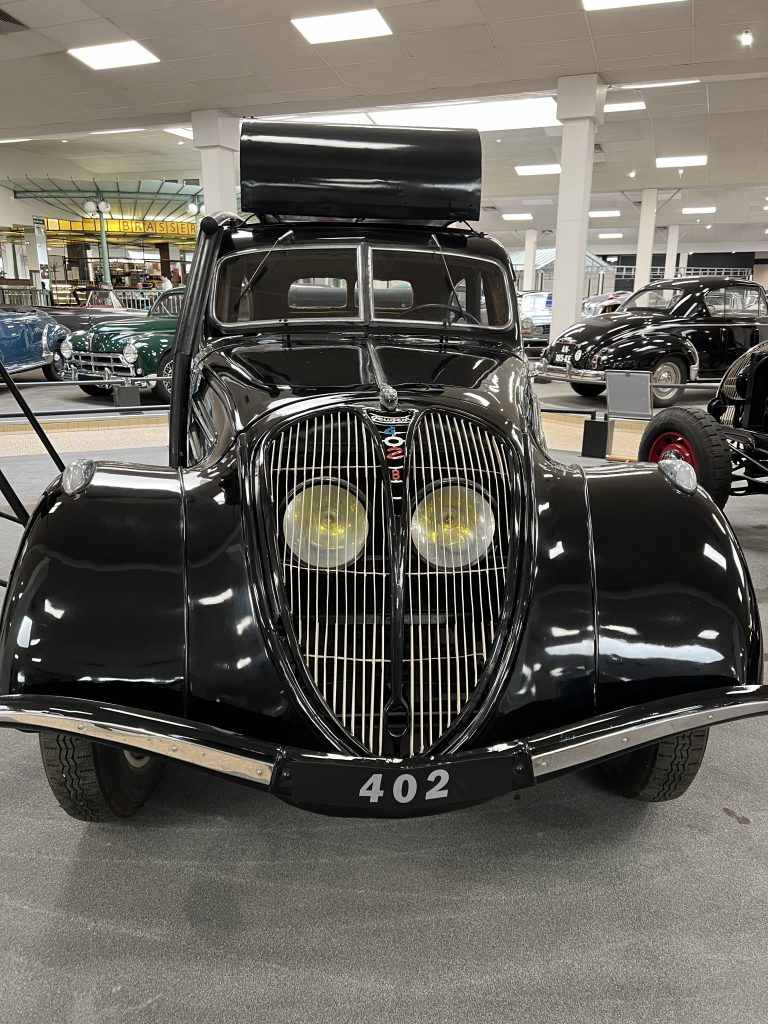
From the rear, far from normal.

Between 1940 and 1944, Peugeot sold more than 2,500 of these weird-looking cars. Instead of gasoline, they burned charcoal. The gas produced (CO) was used to power the engine. 35 kg. of charcoal gave an 80 km. range. Backing into a parking spot would have been challenging.

From slow-moving, wood burning to some of the fastest cars to take to the track, Peugeot made them all.
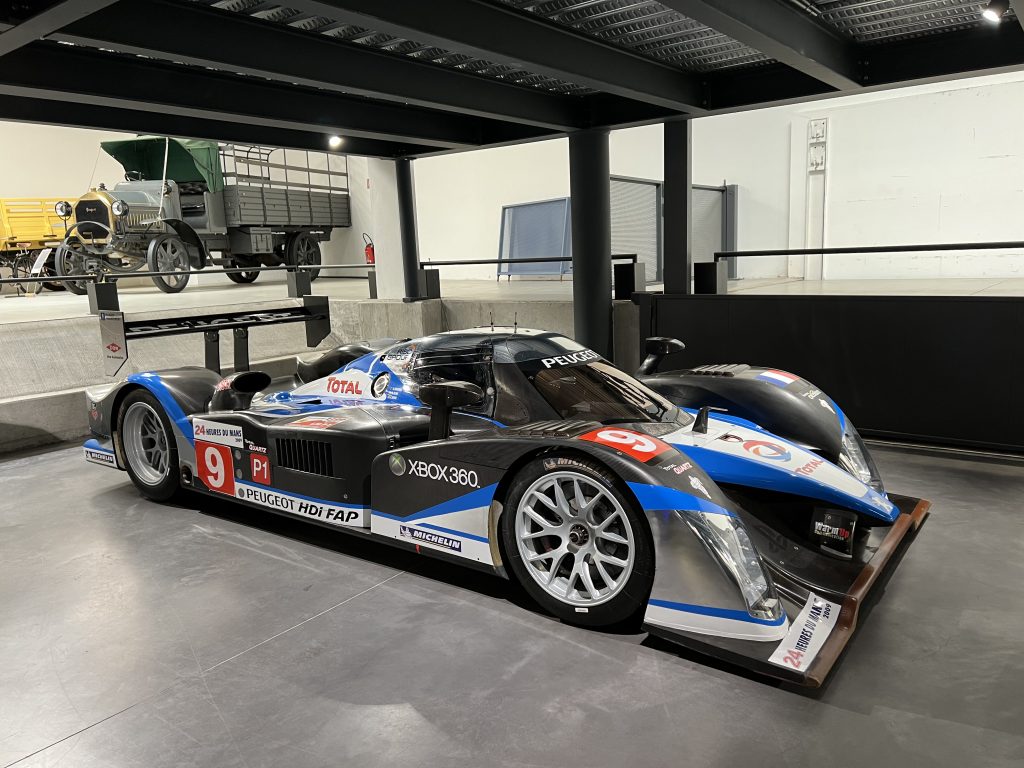
The next morning, it was time to check out of our hotel – with Mark and Jeannie taking care of our respective bills.
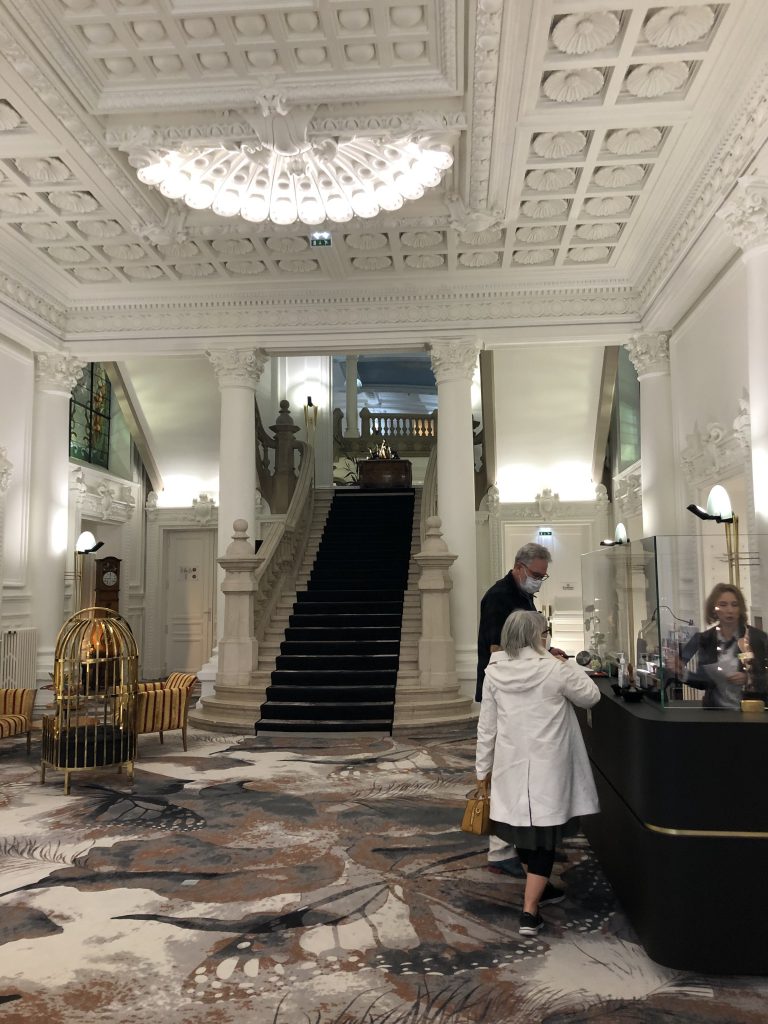
But before we left beguiling Belfort, Mark and Debra got a rare shot of Jeannie and me together in the same photo. Thank you.
